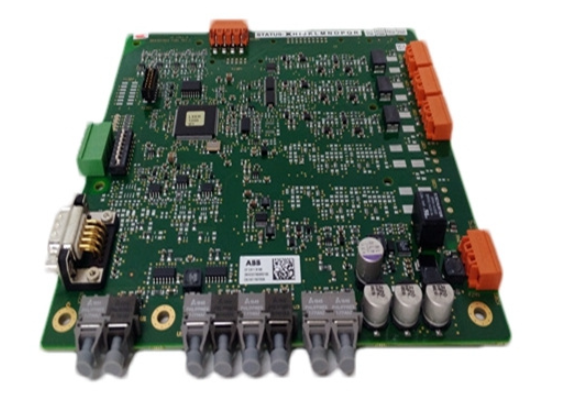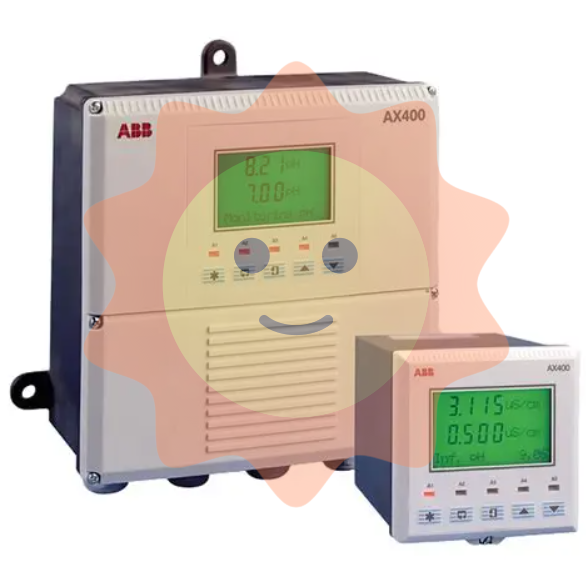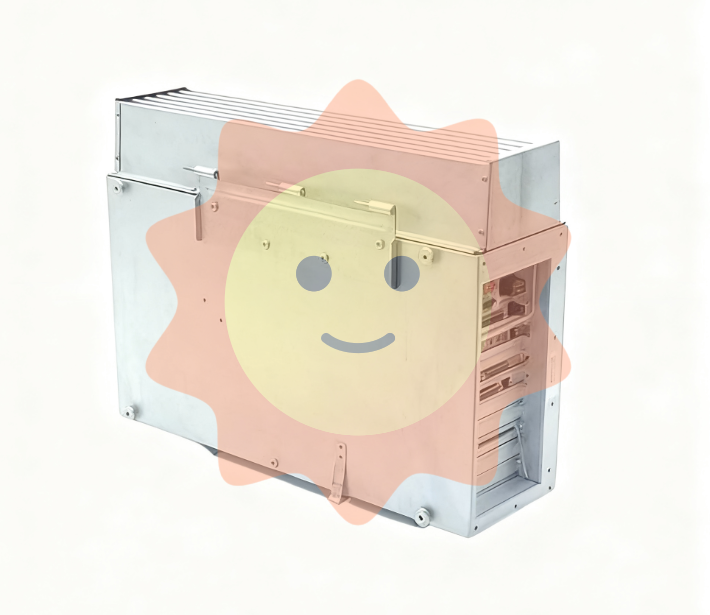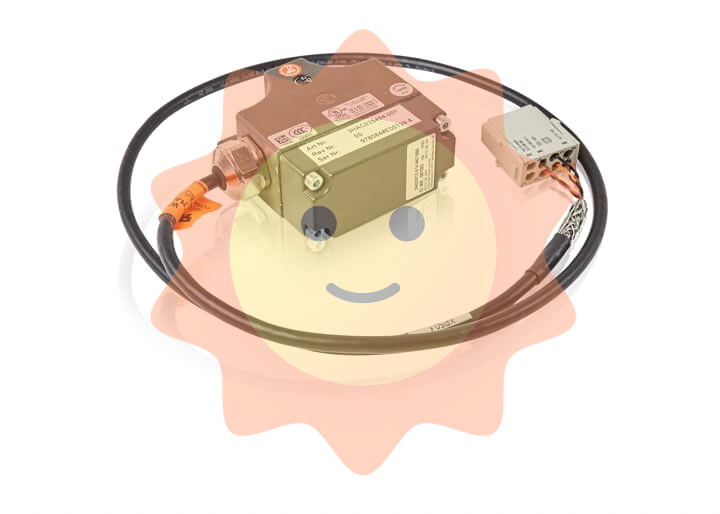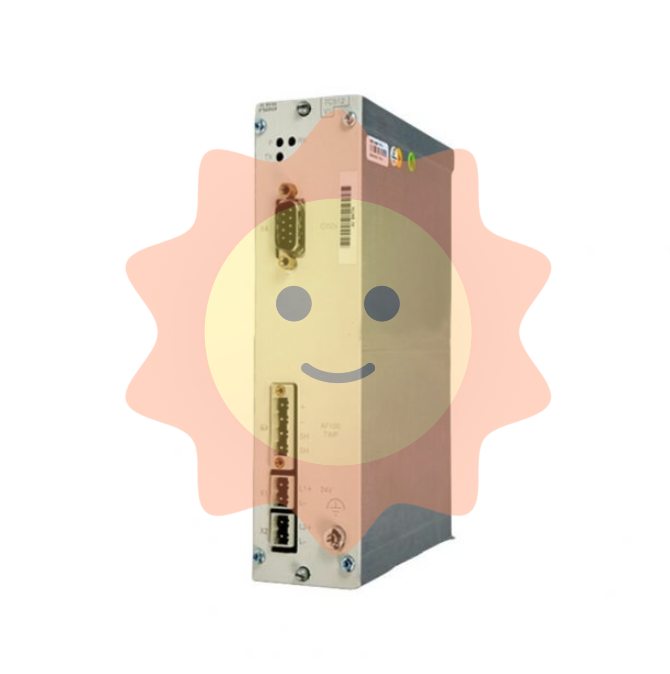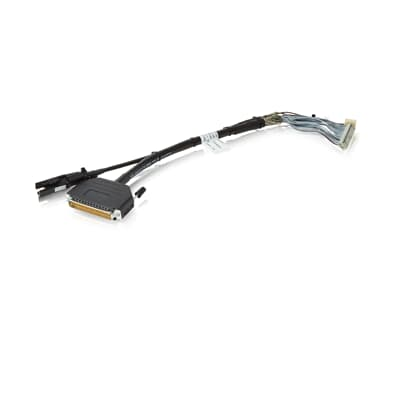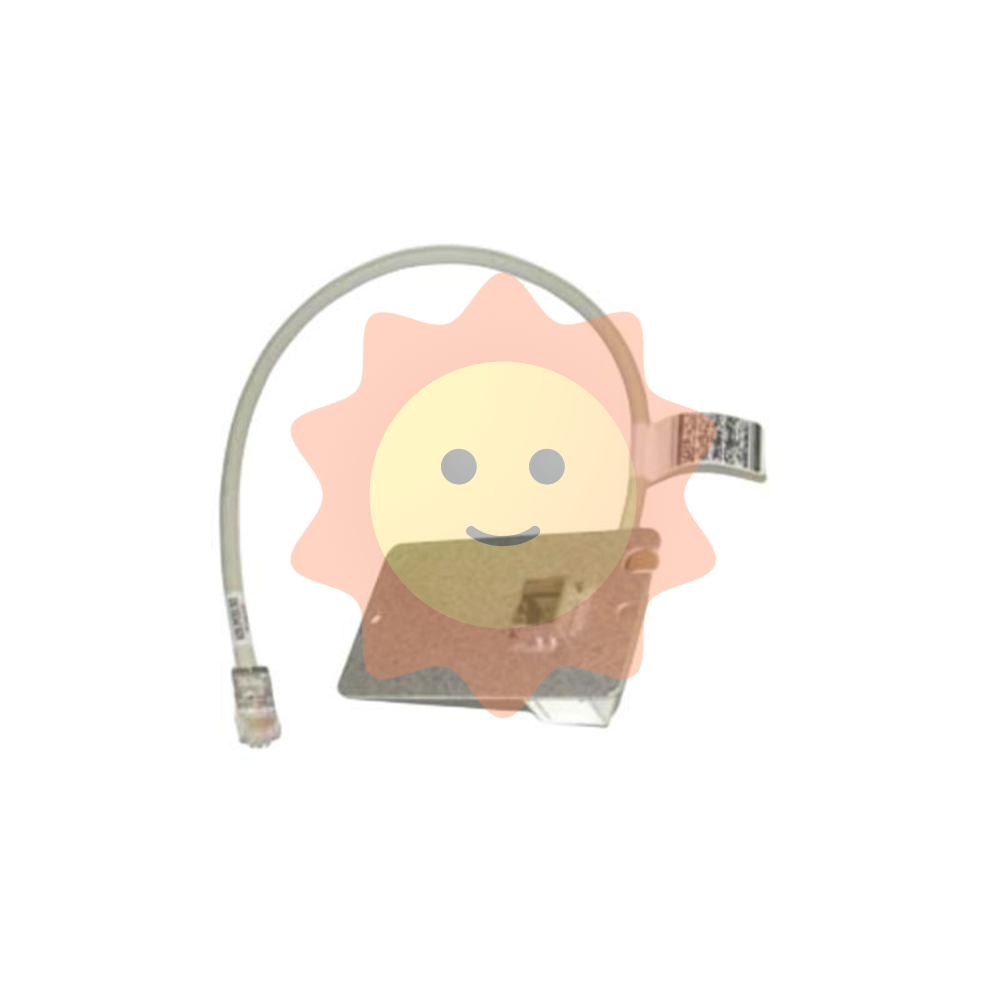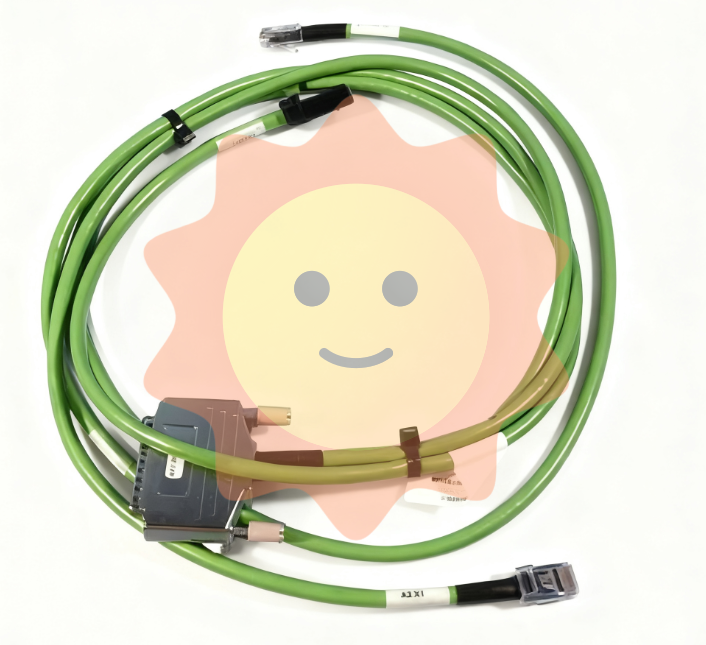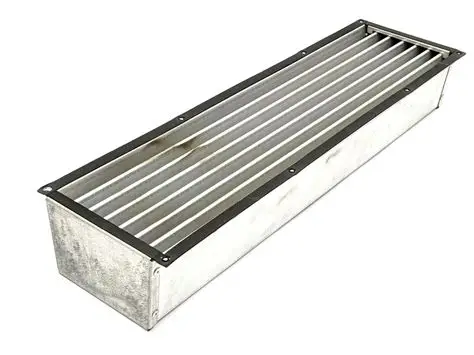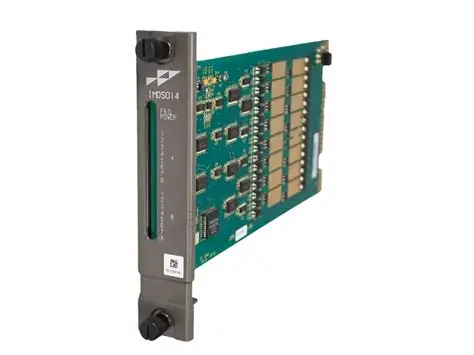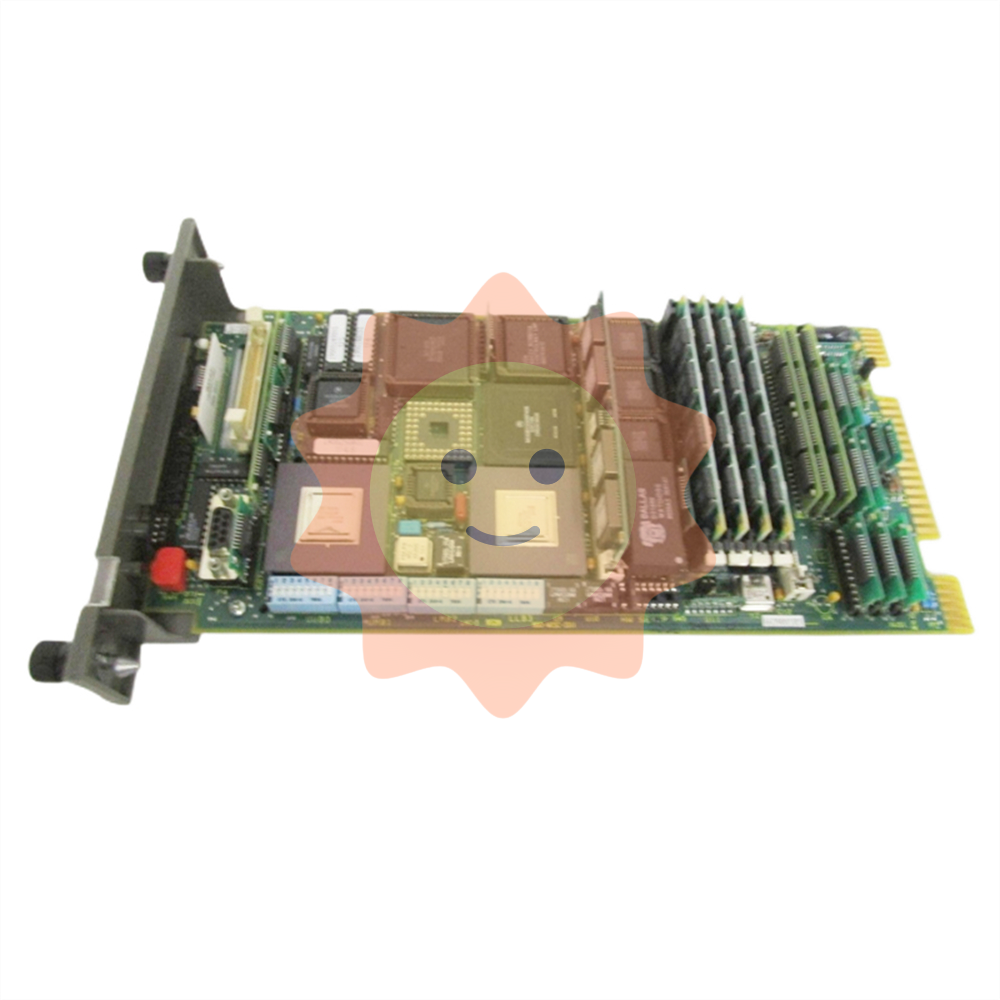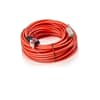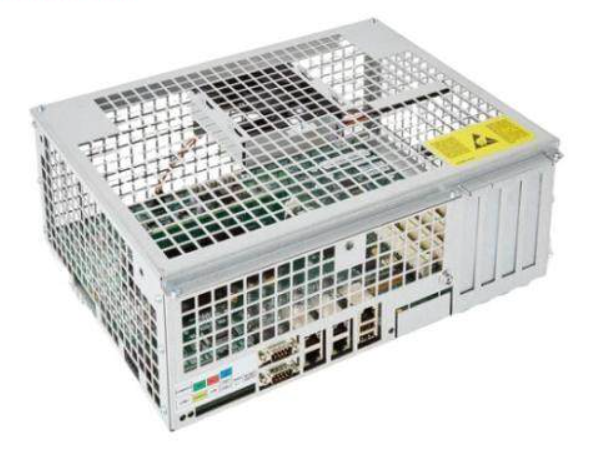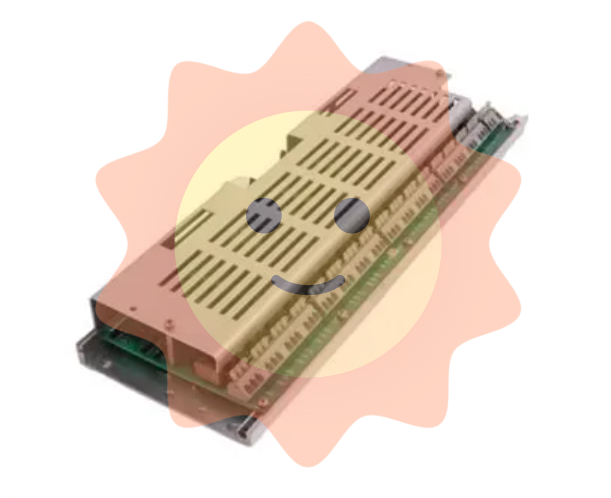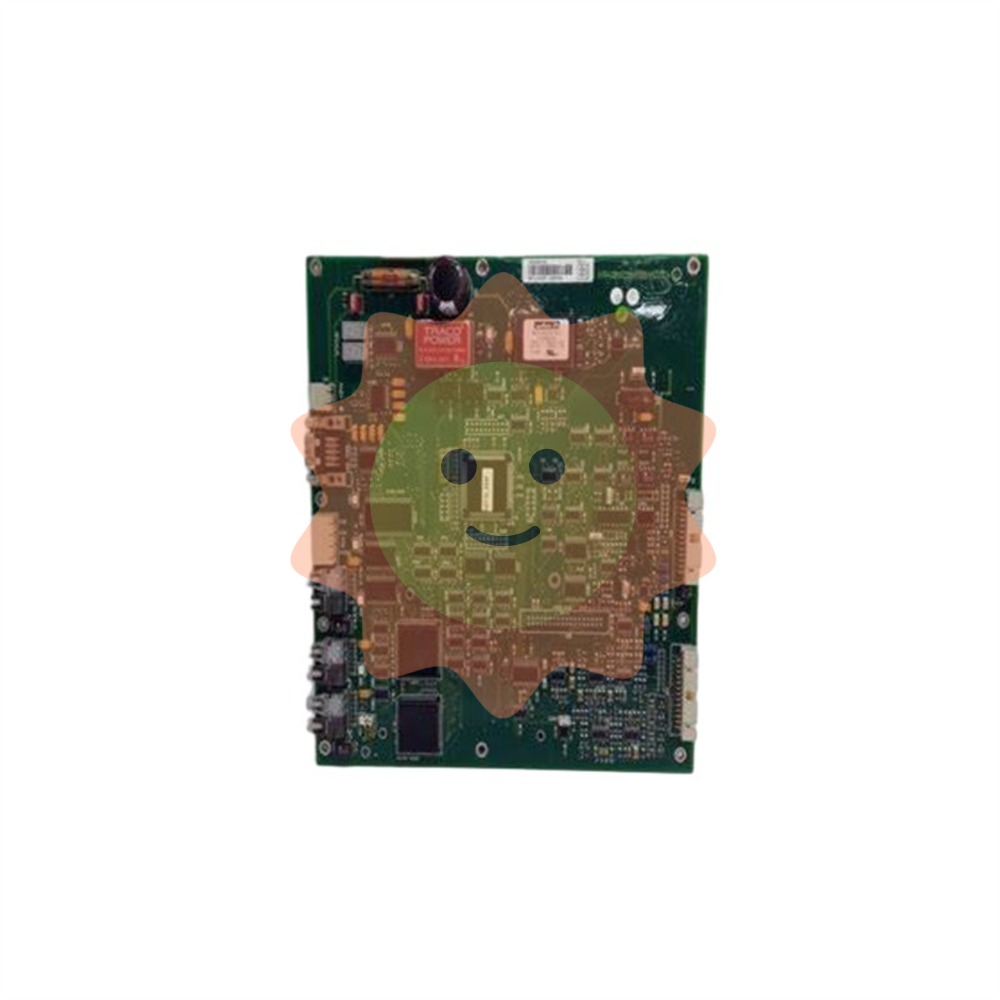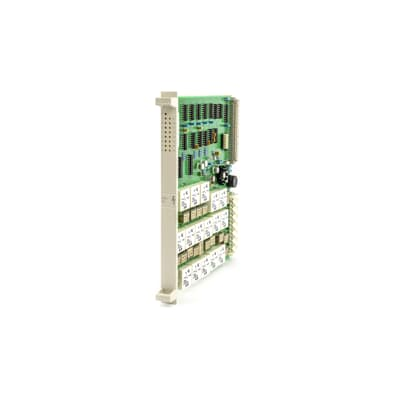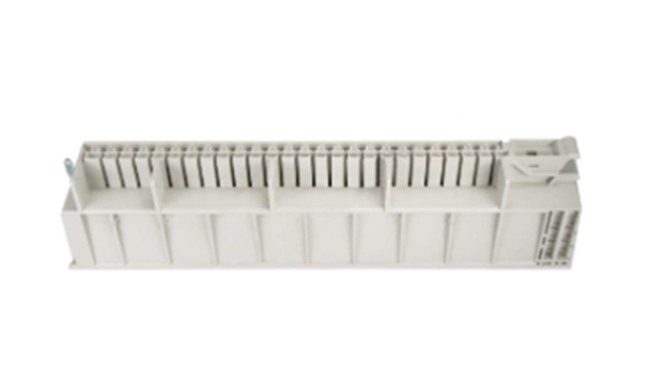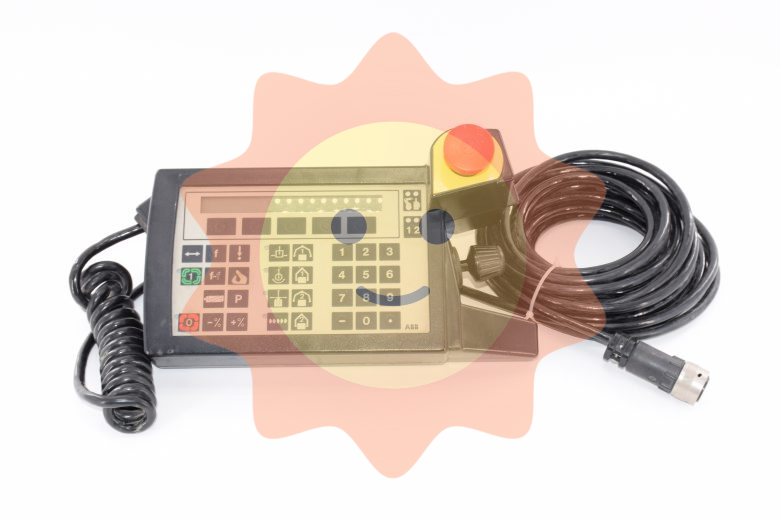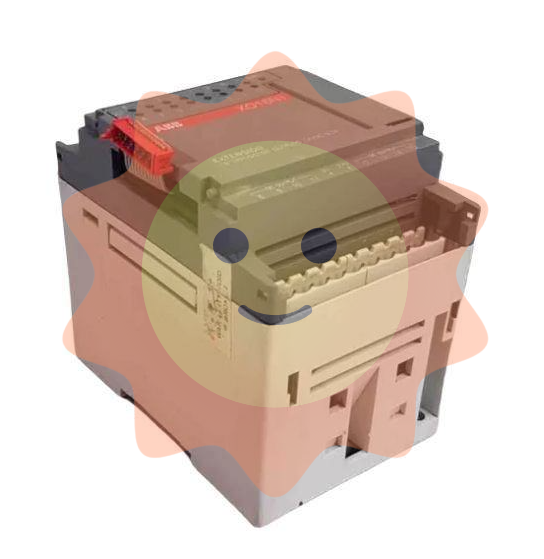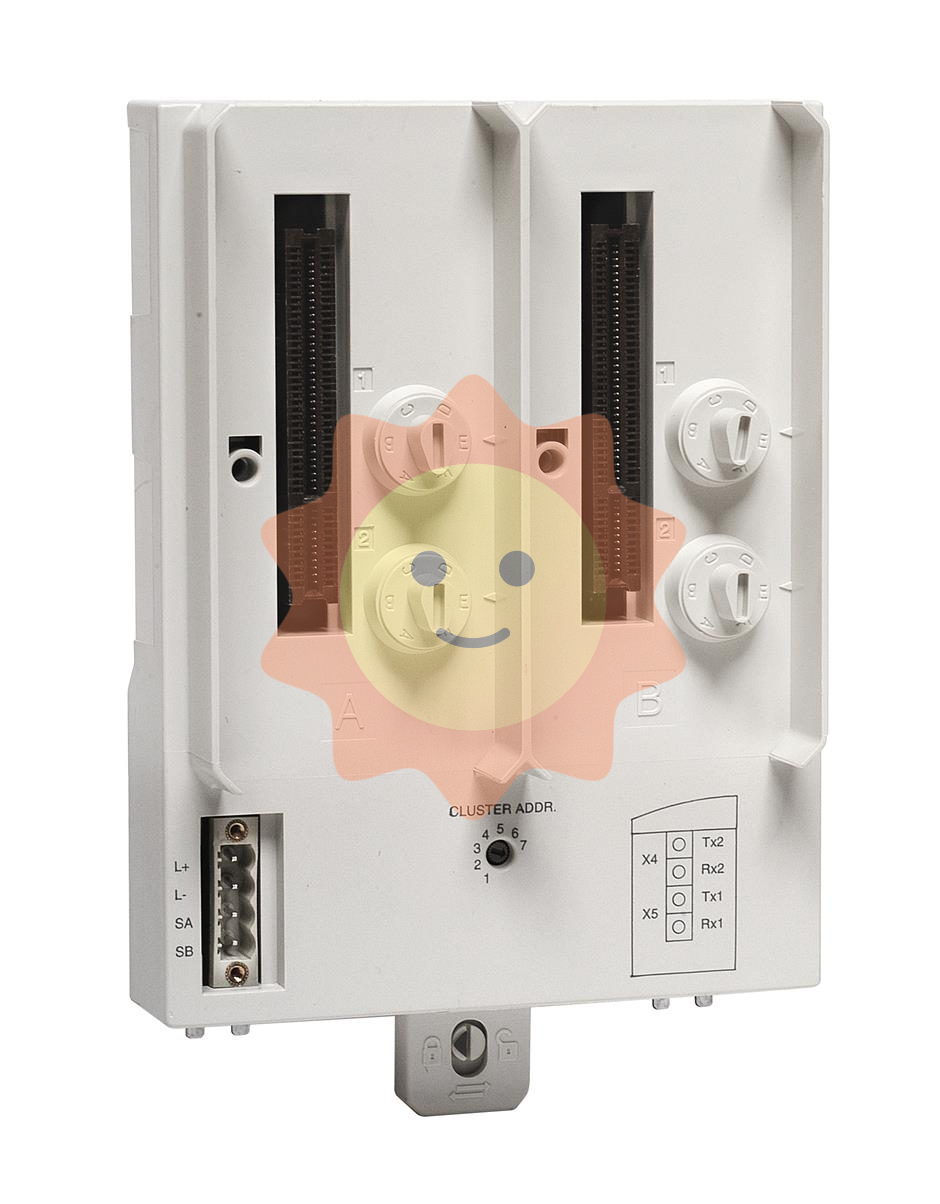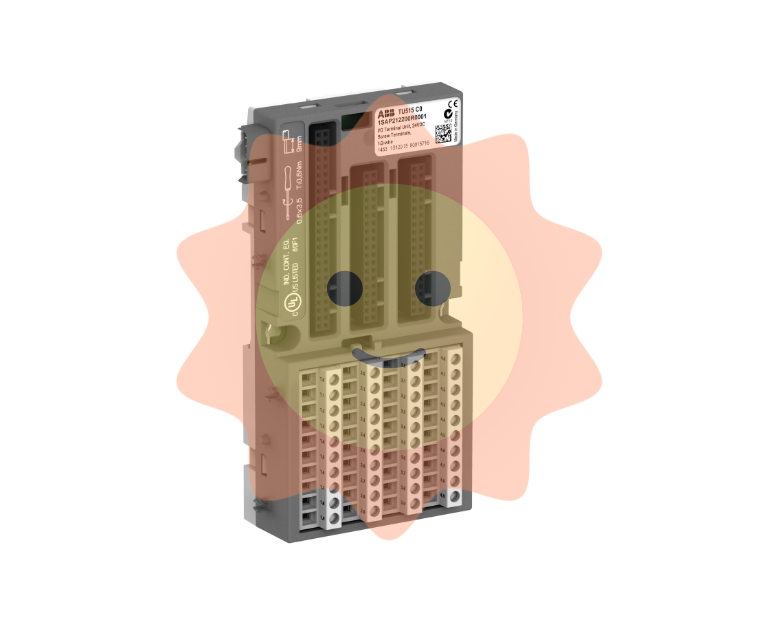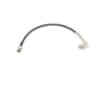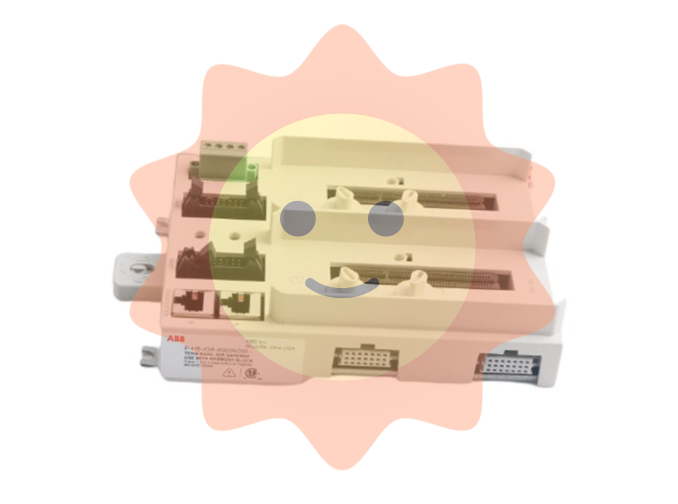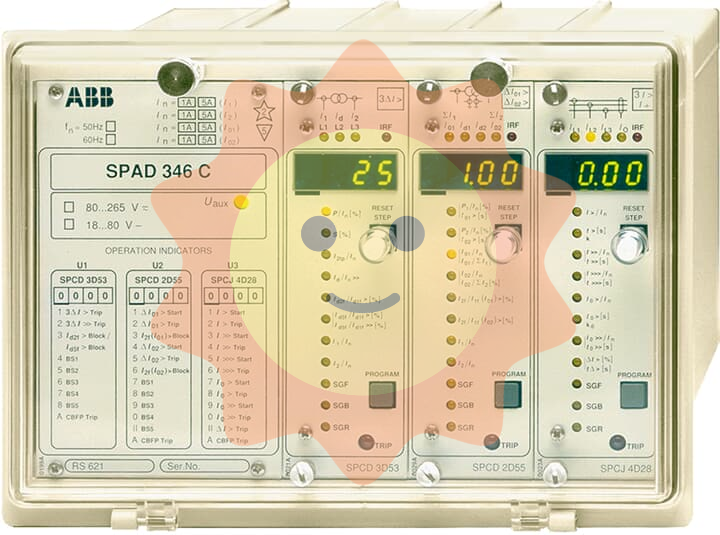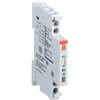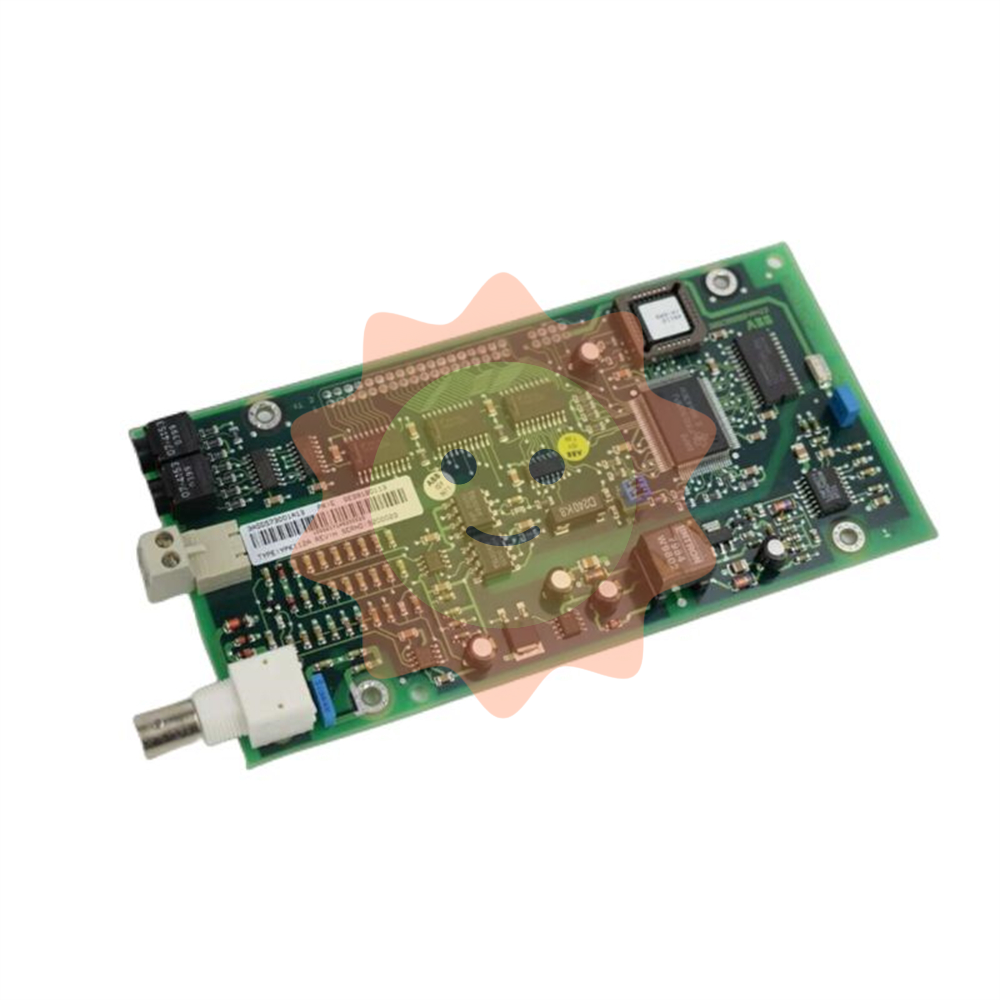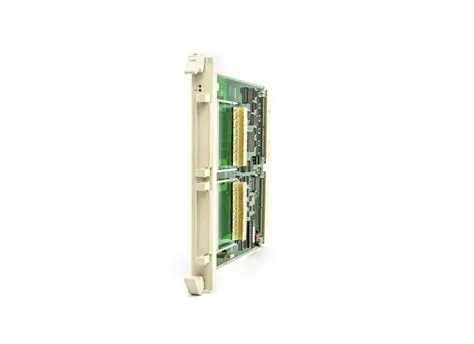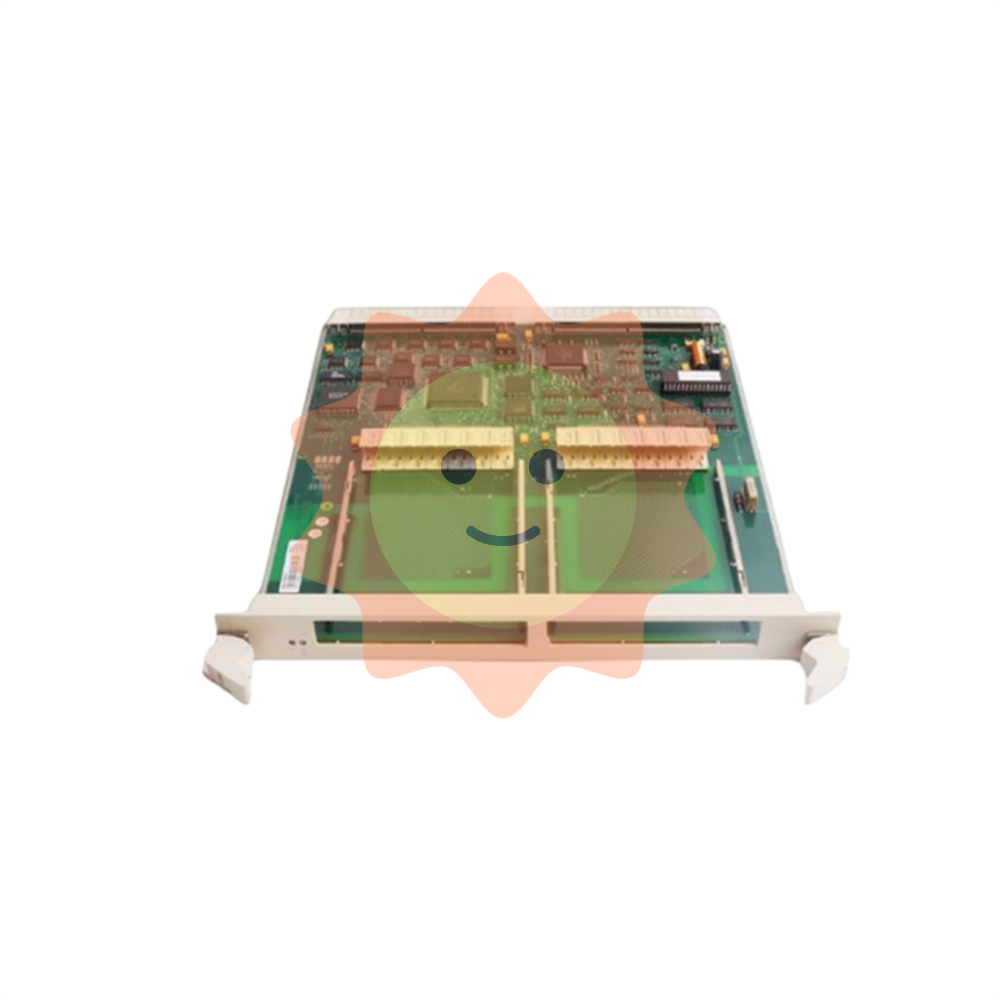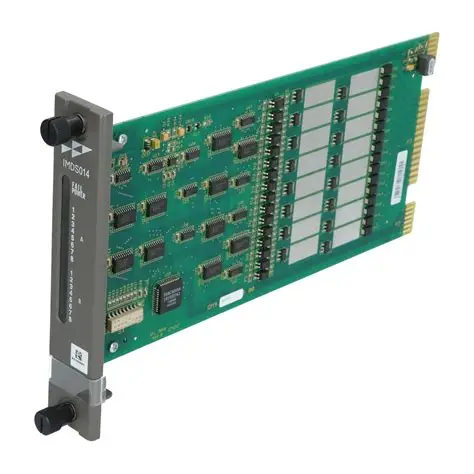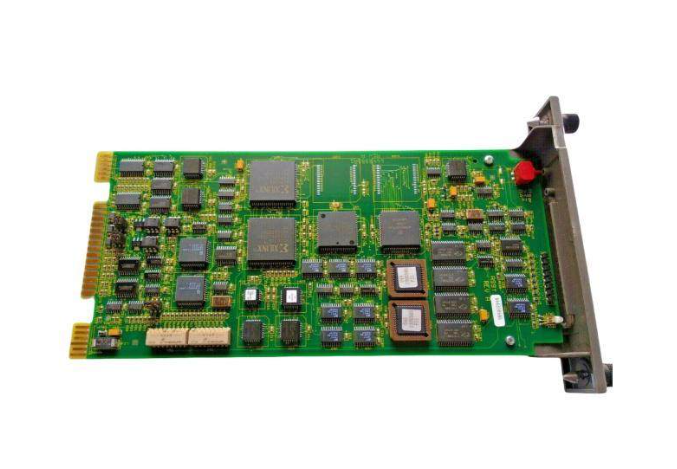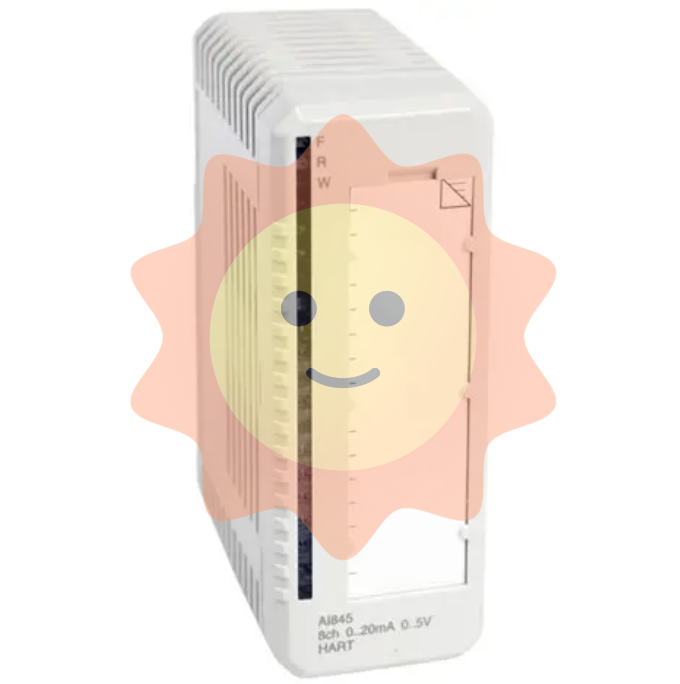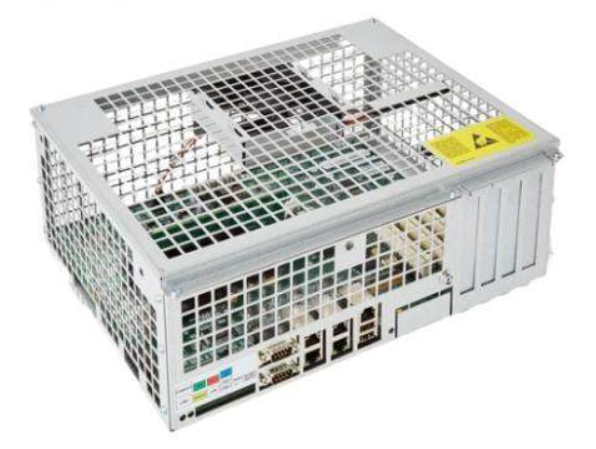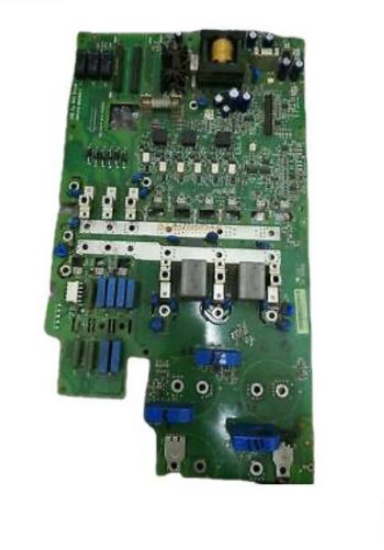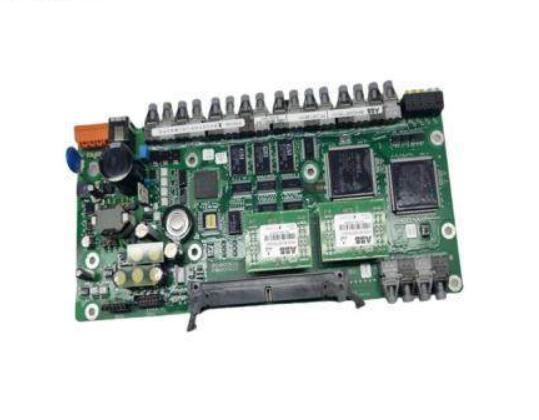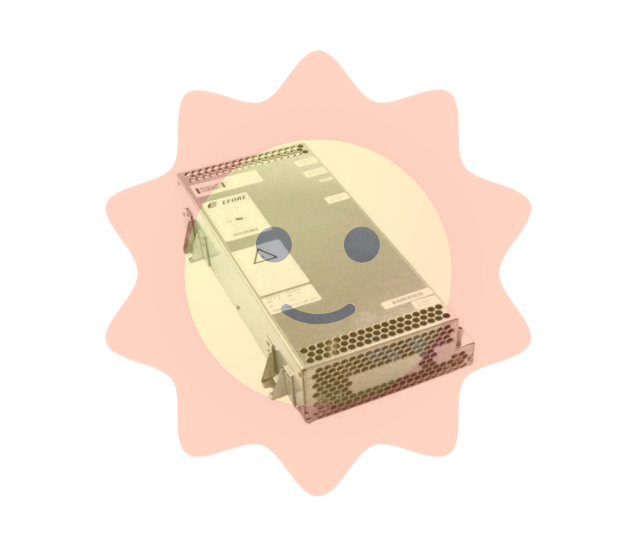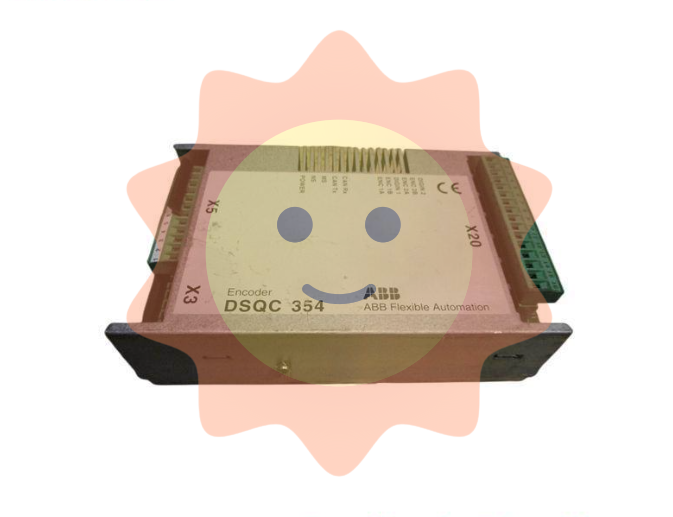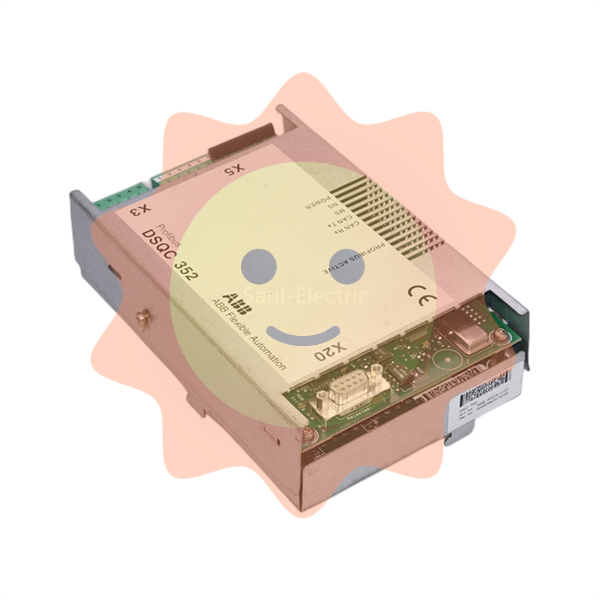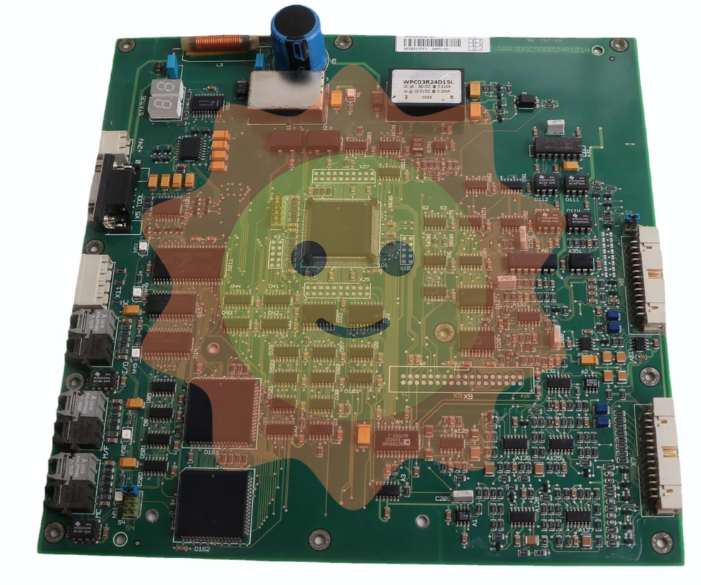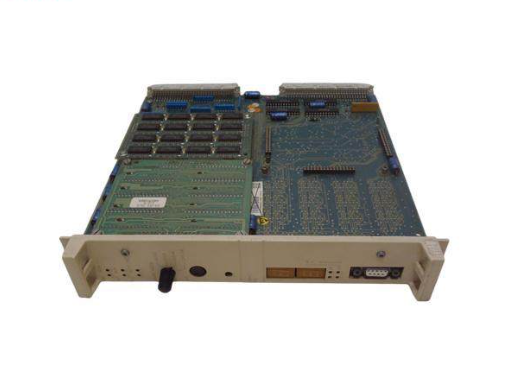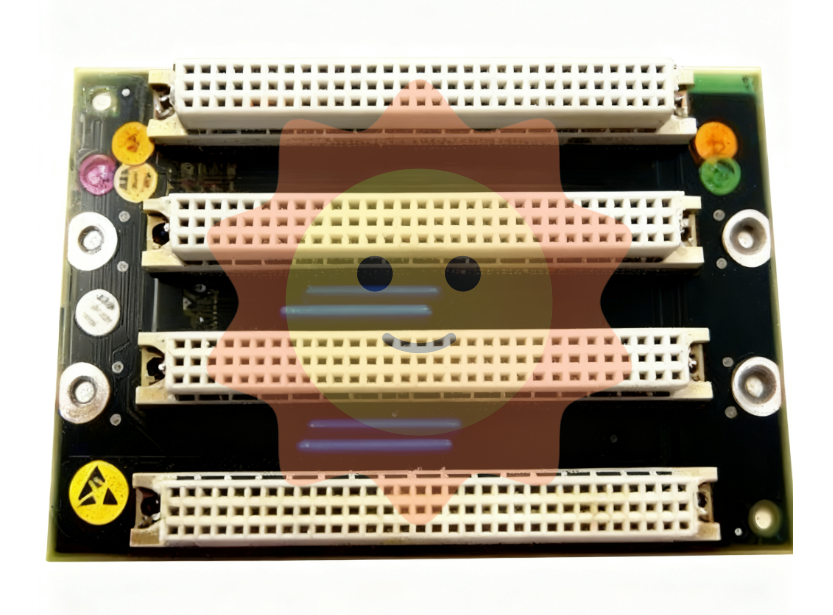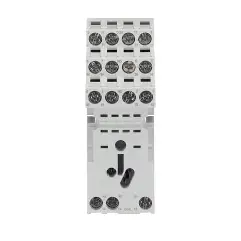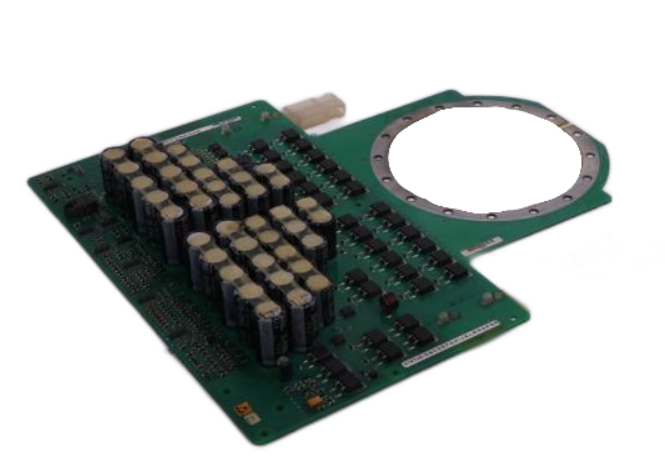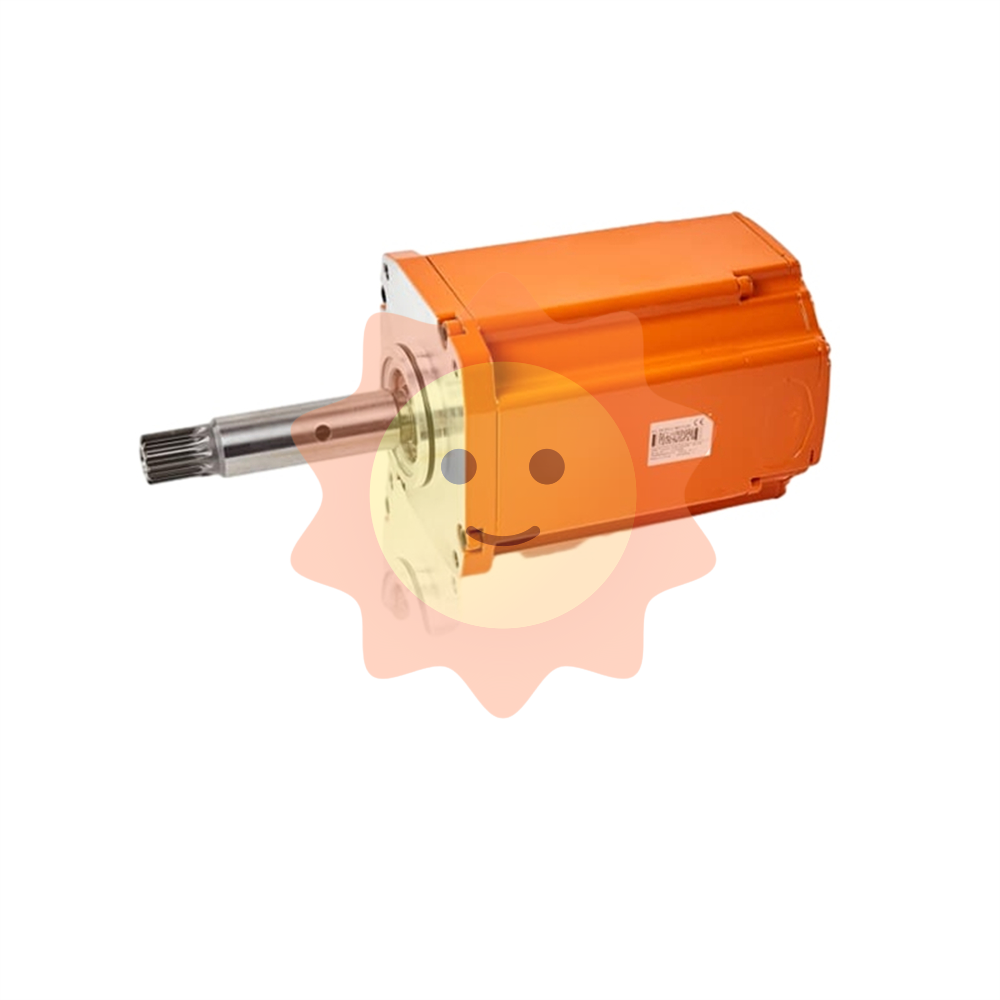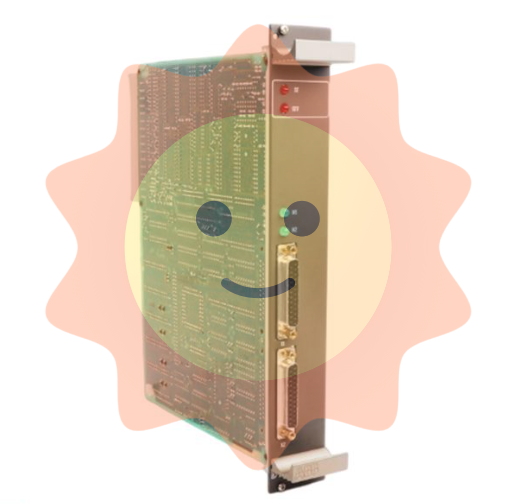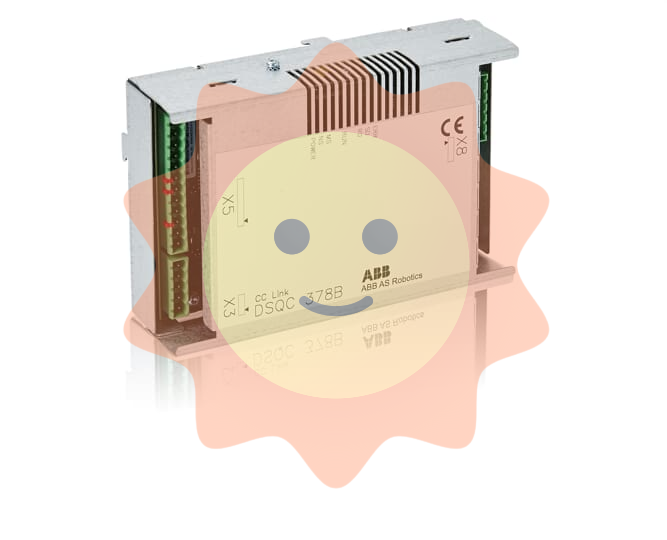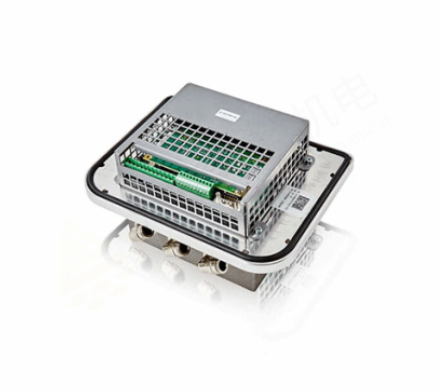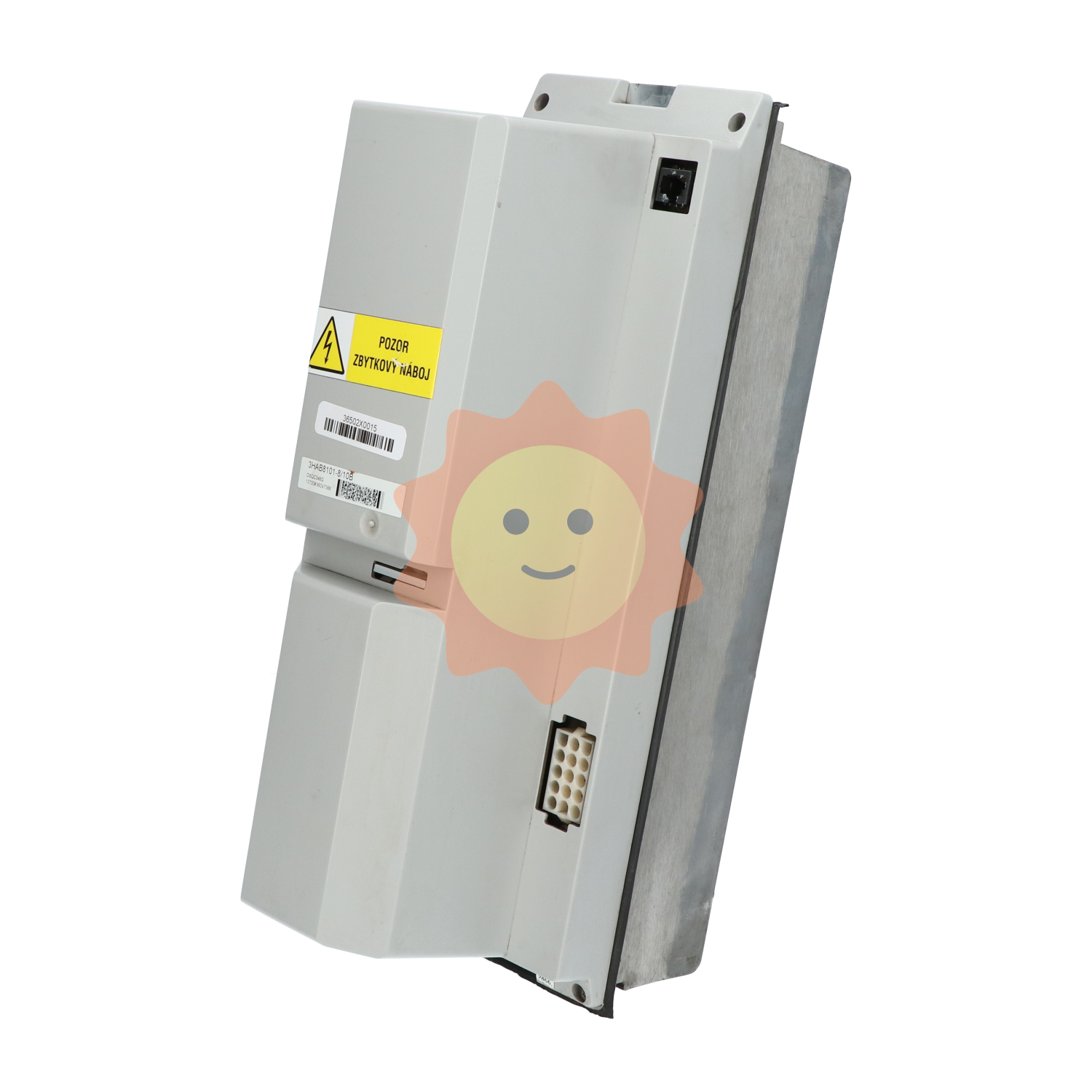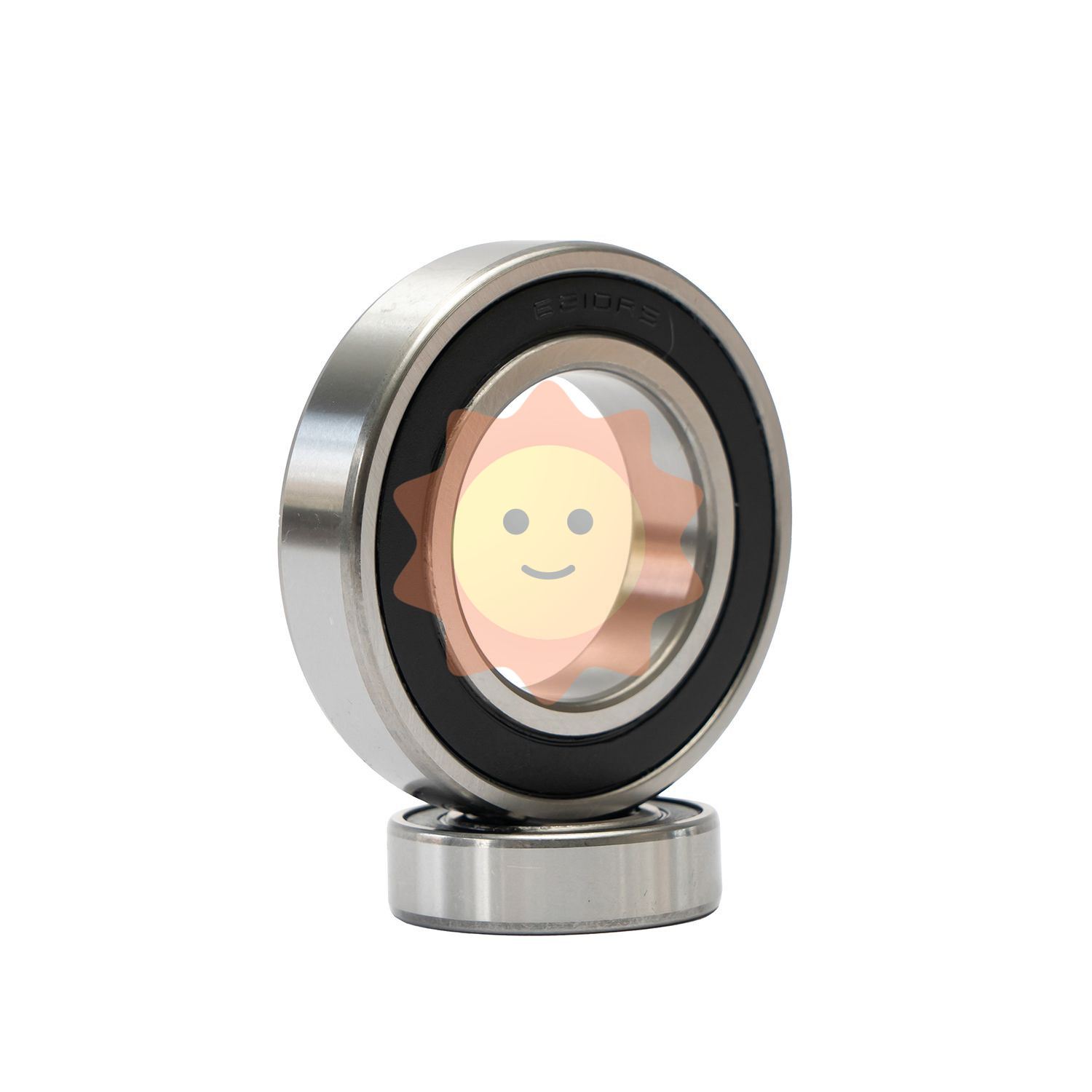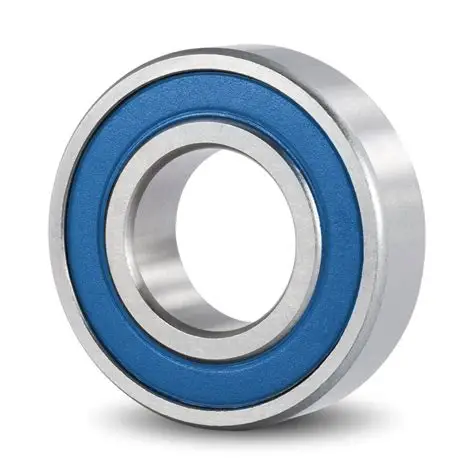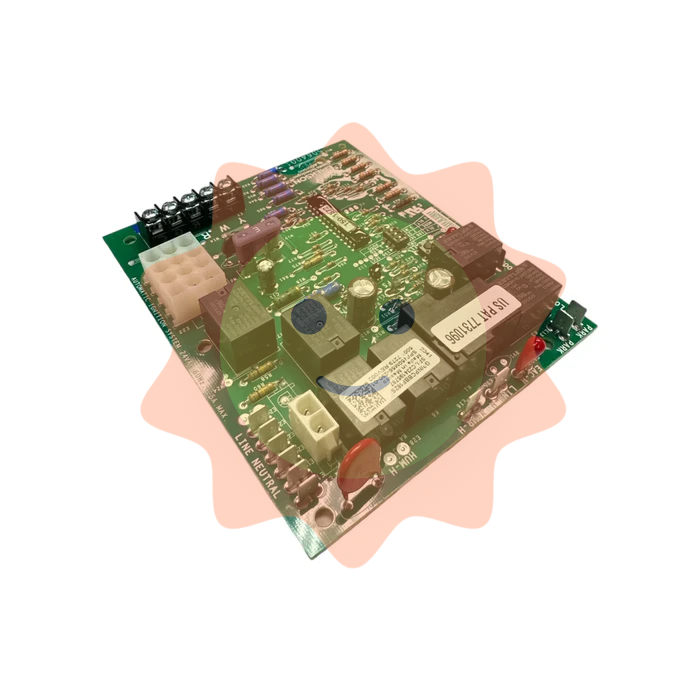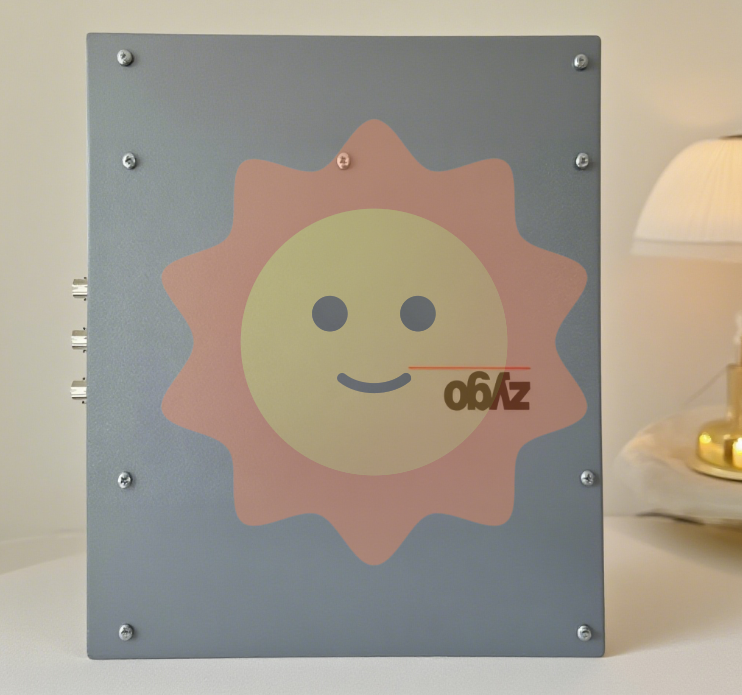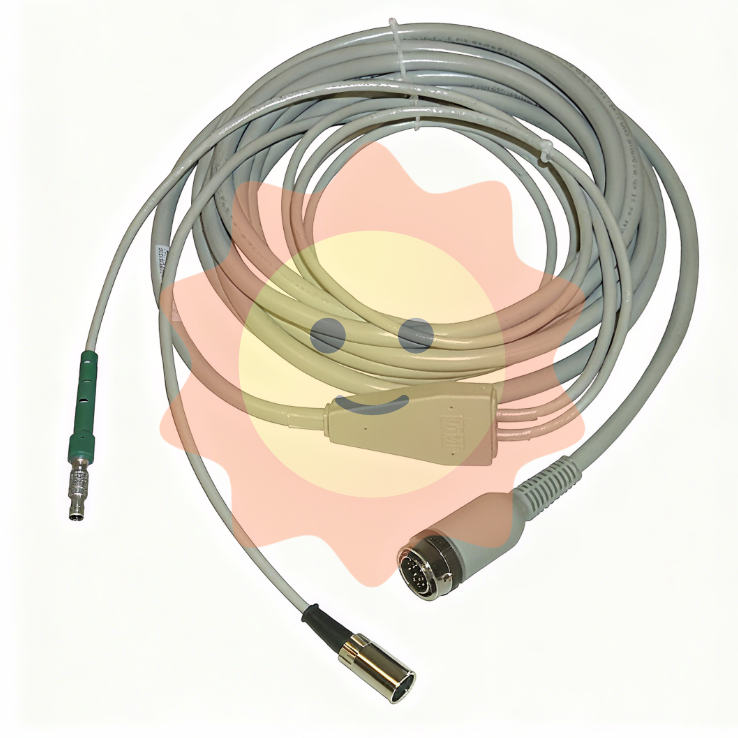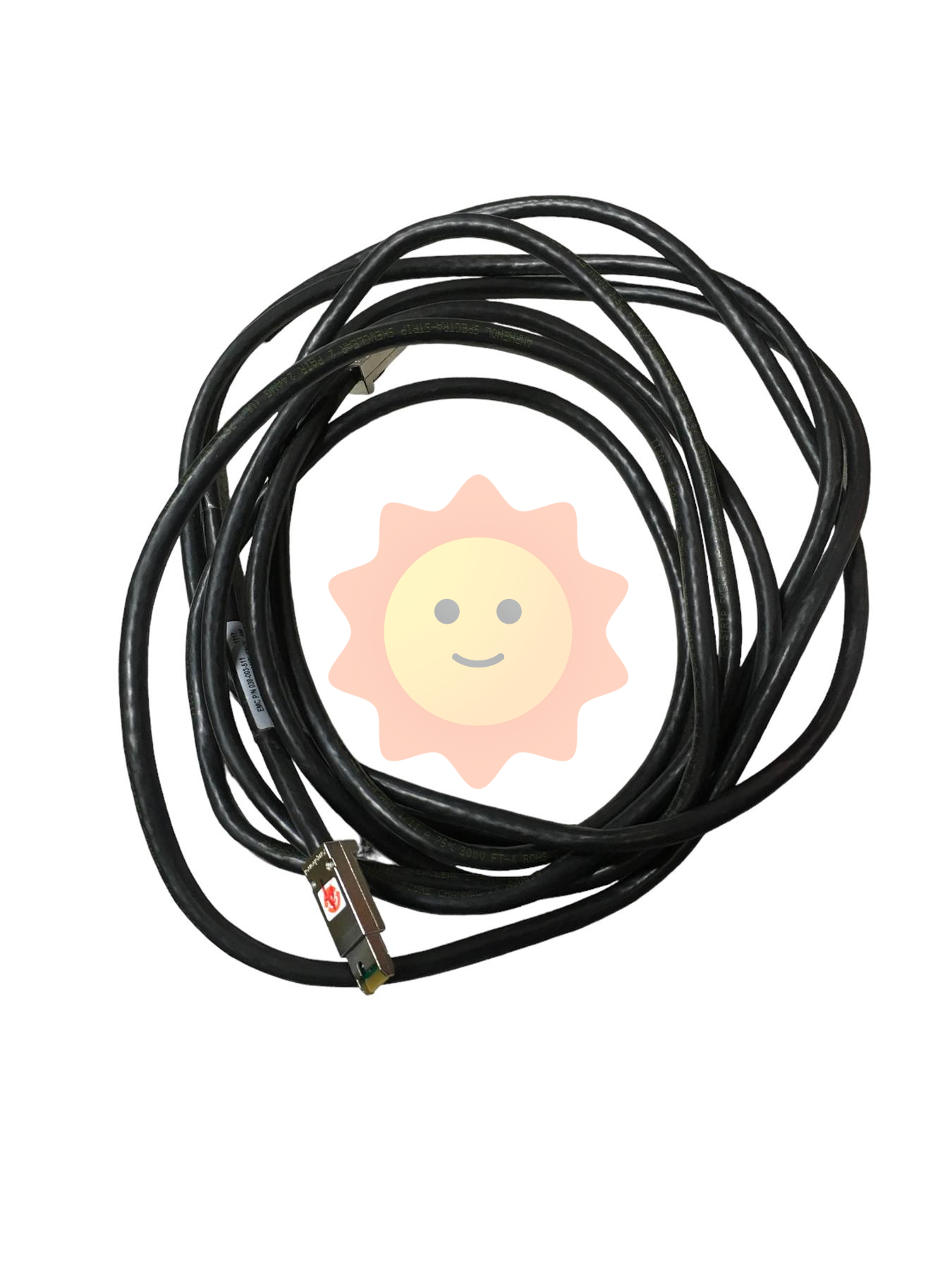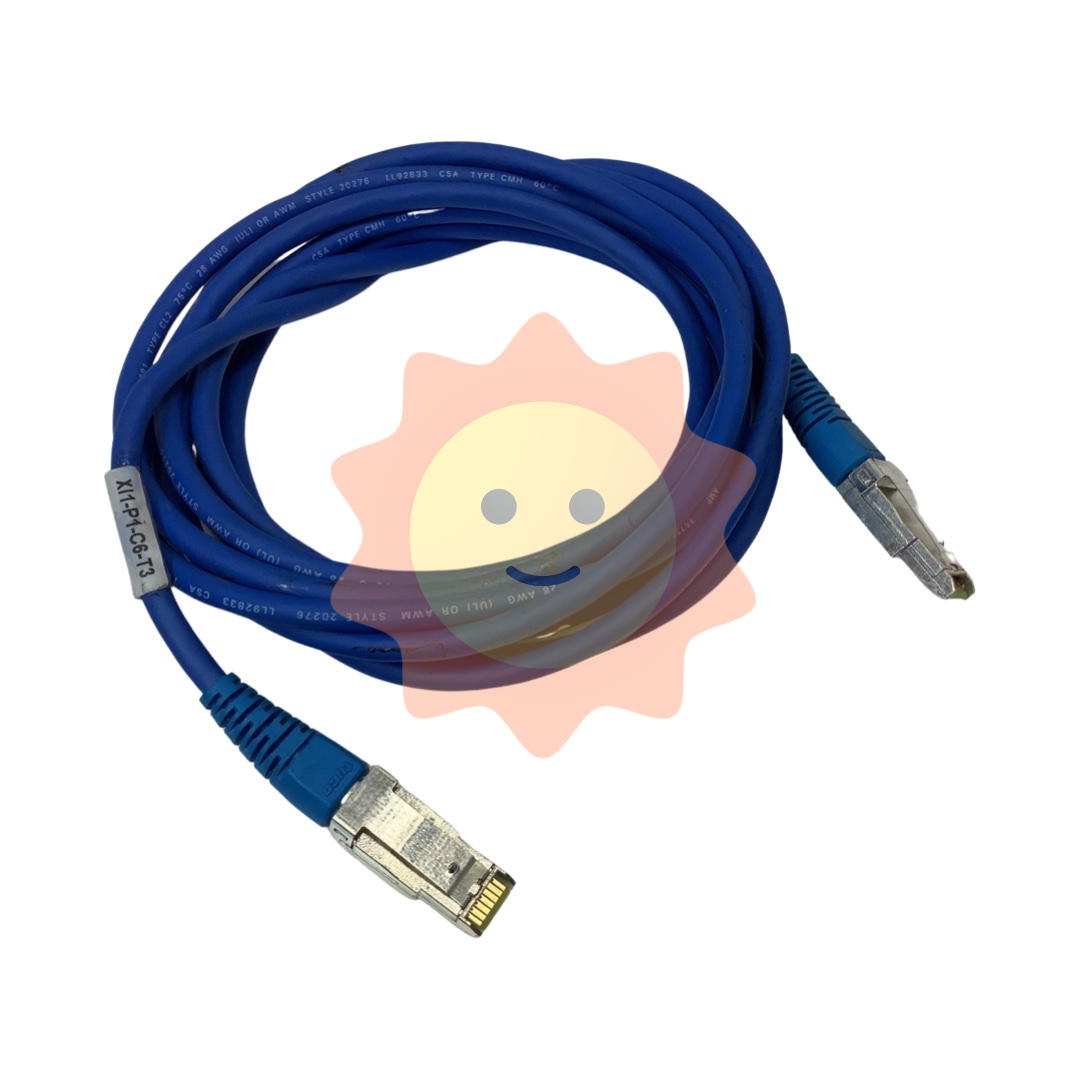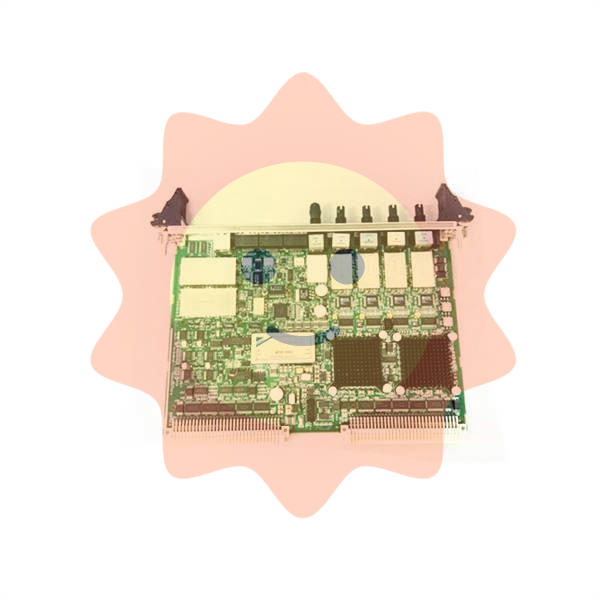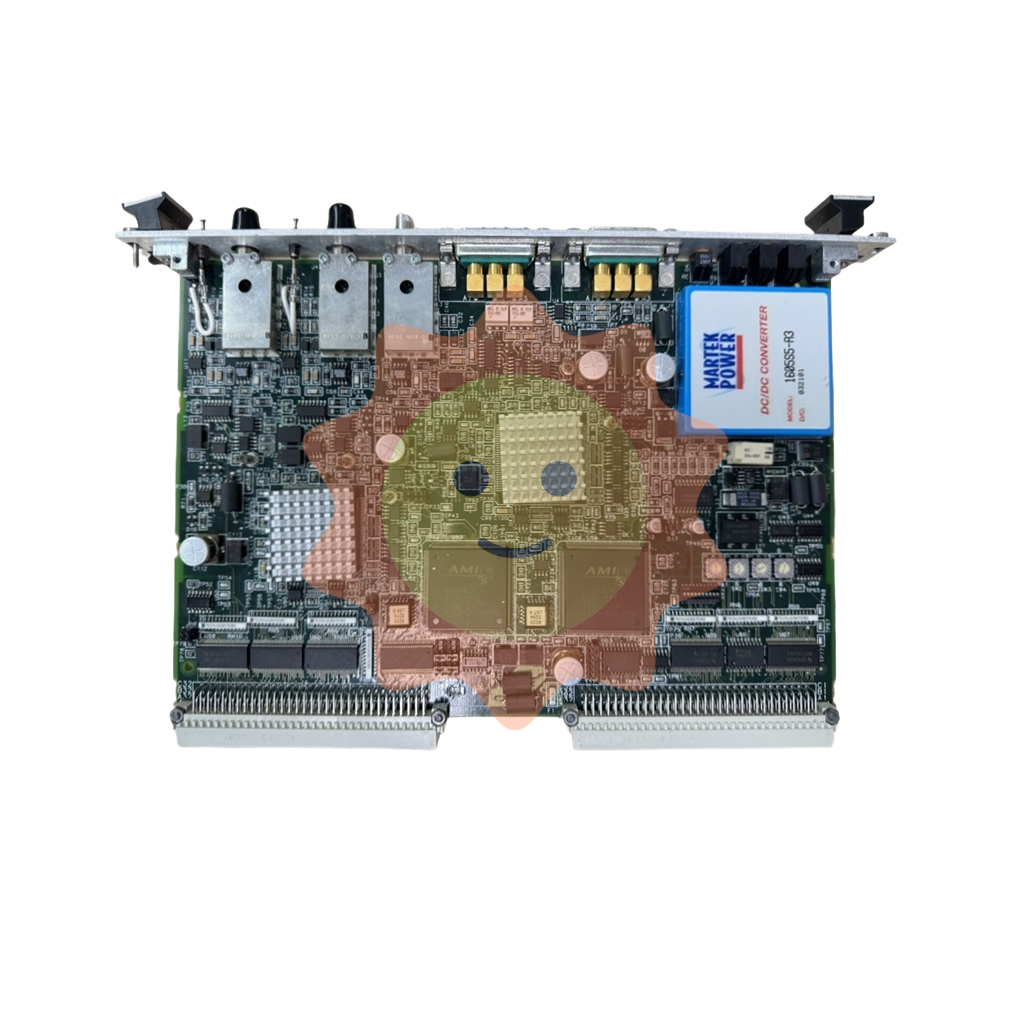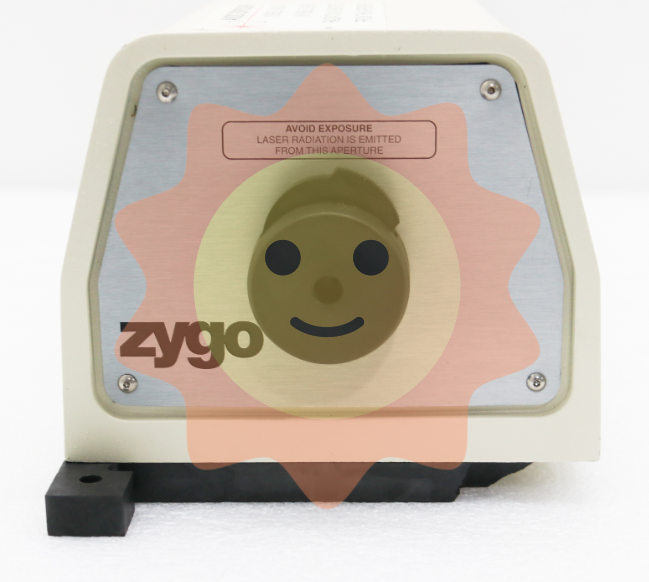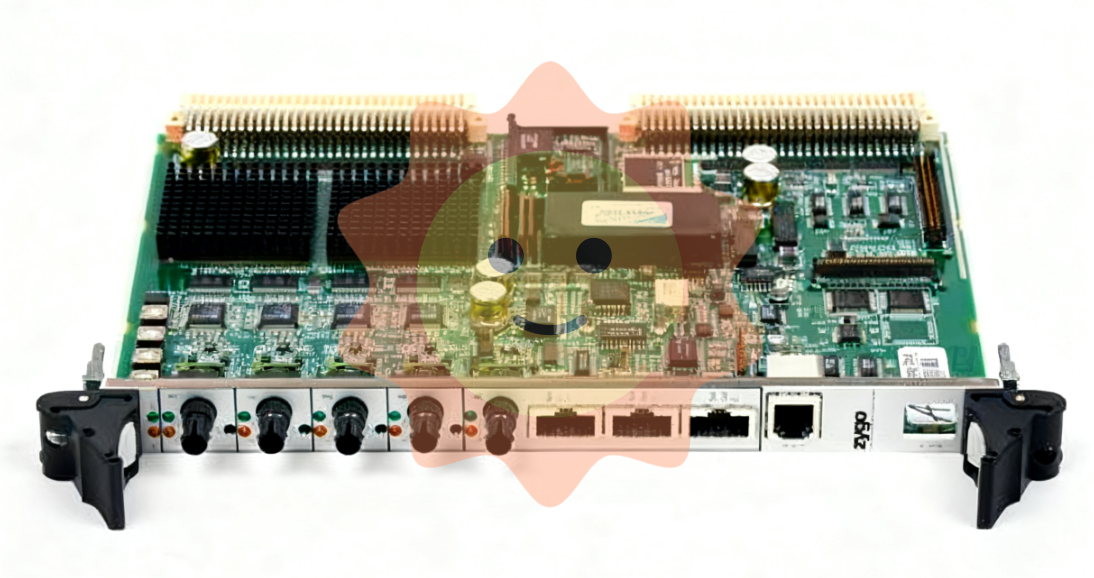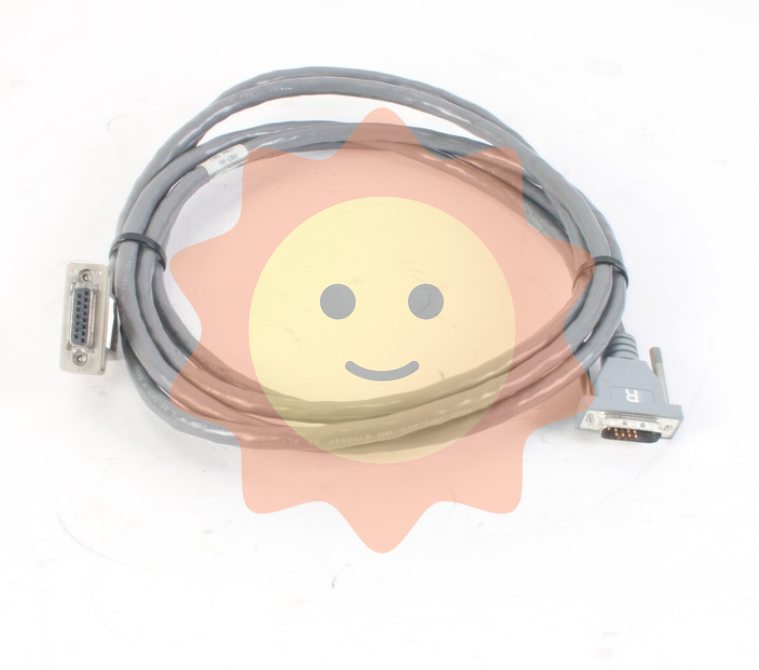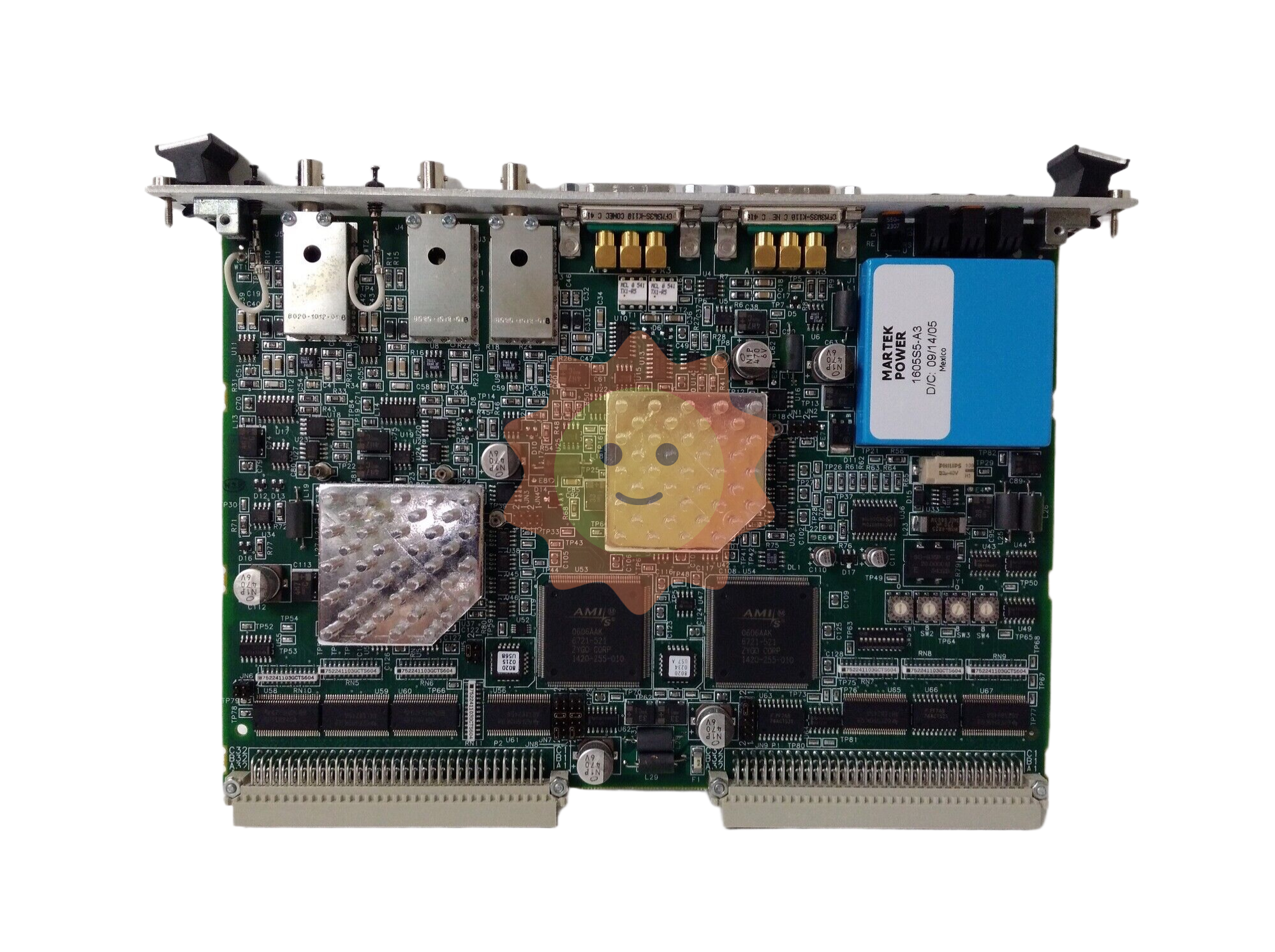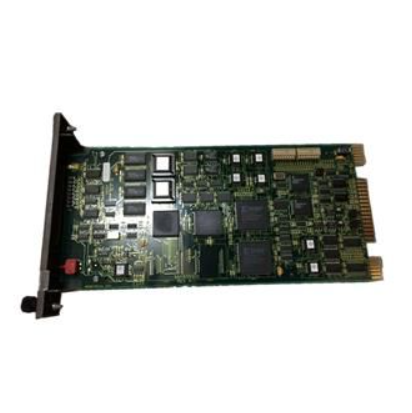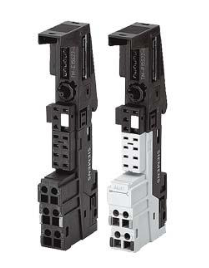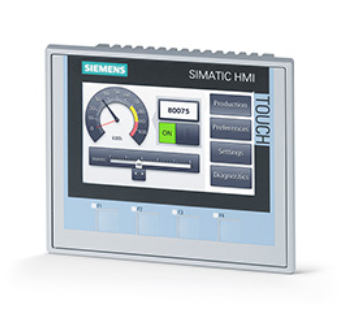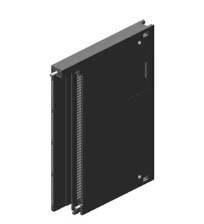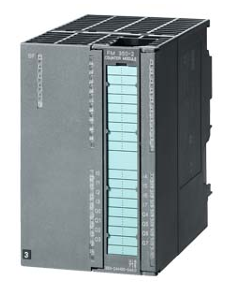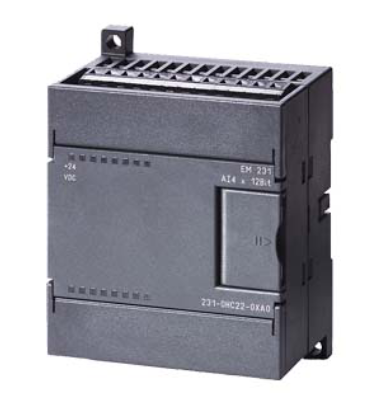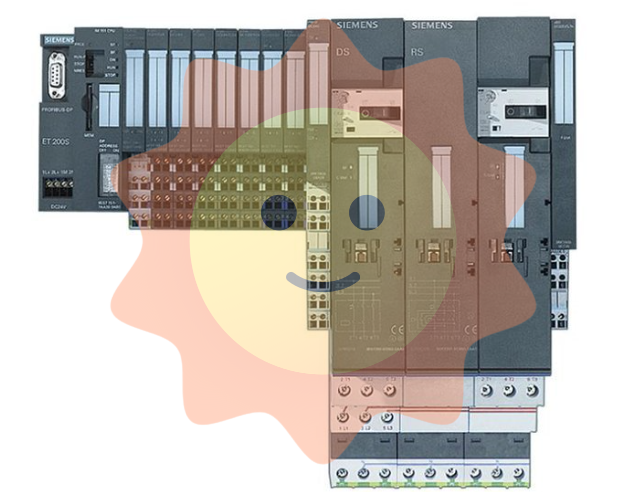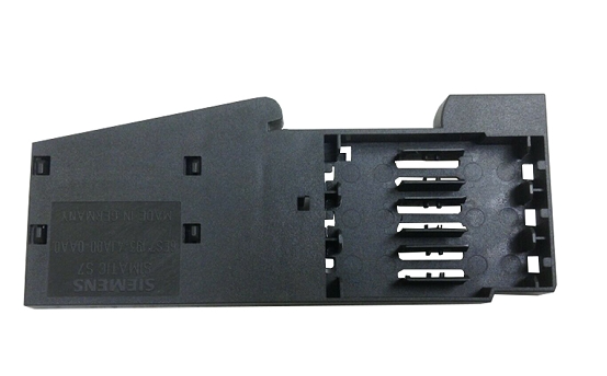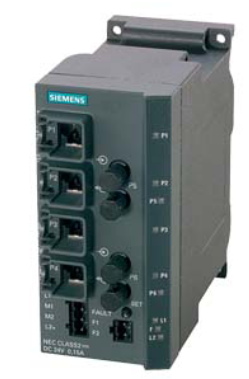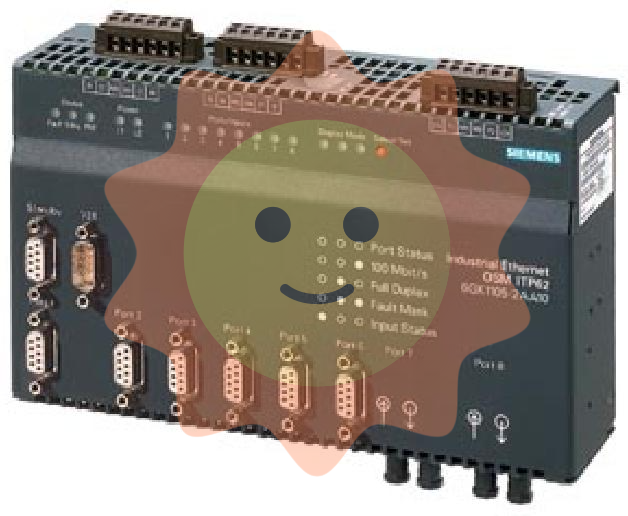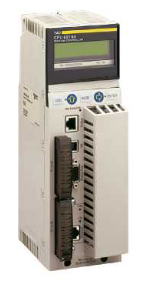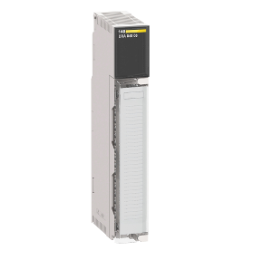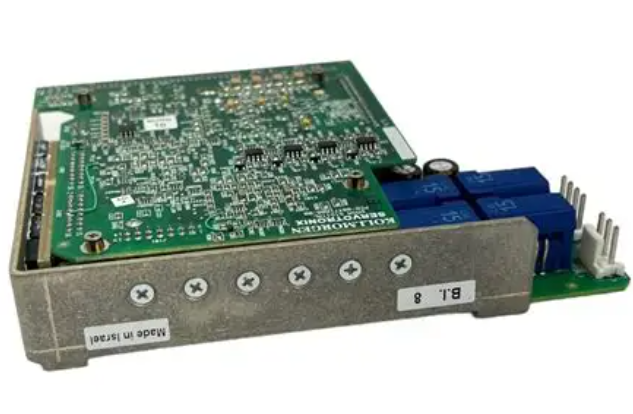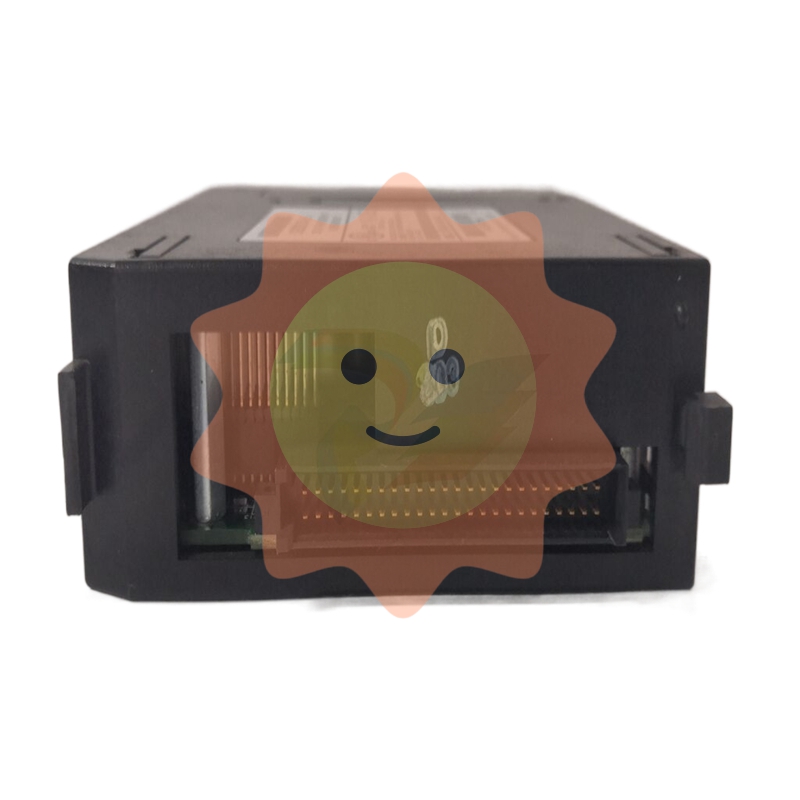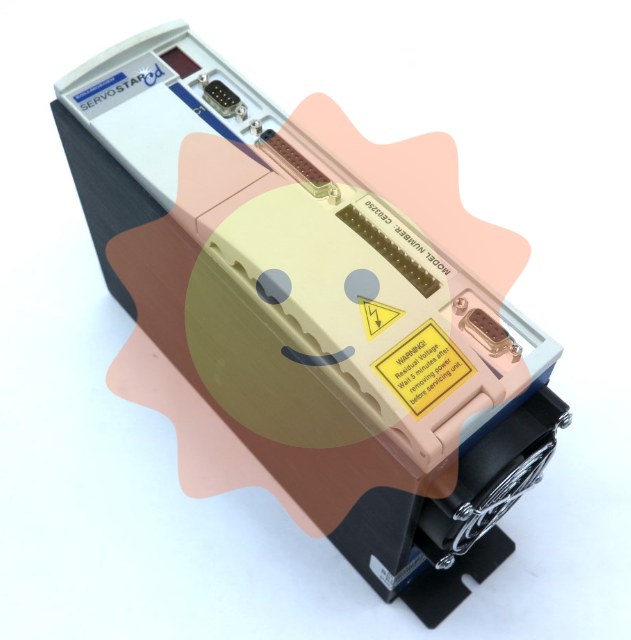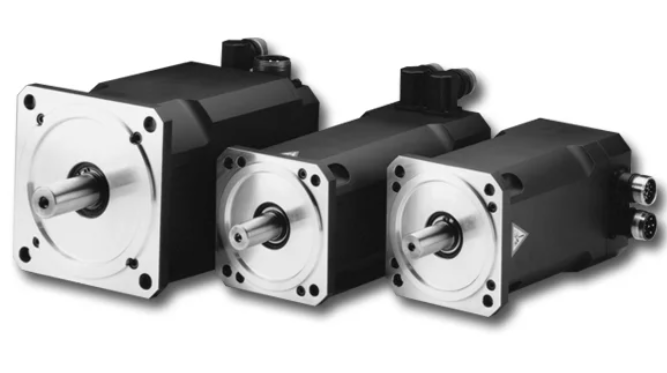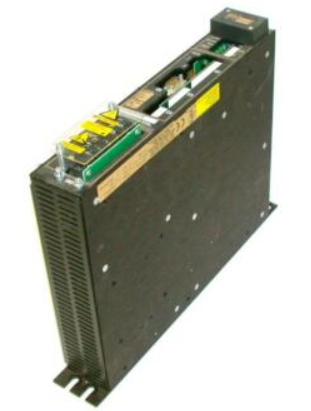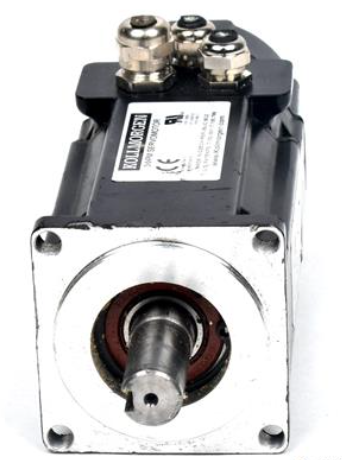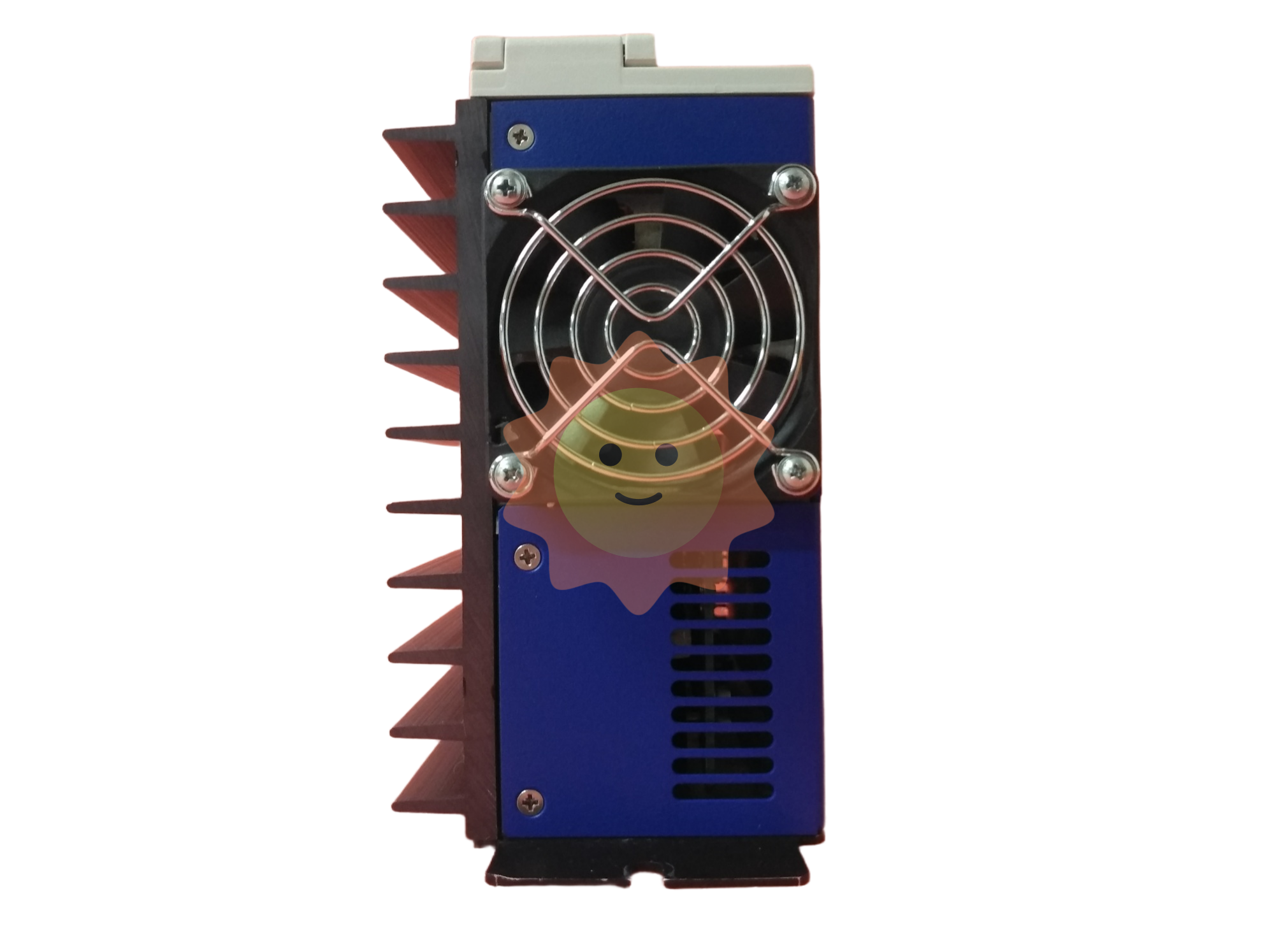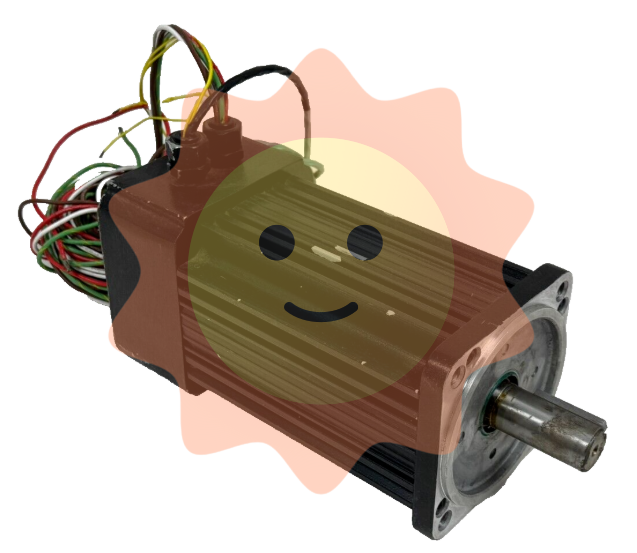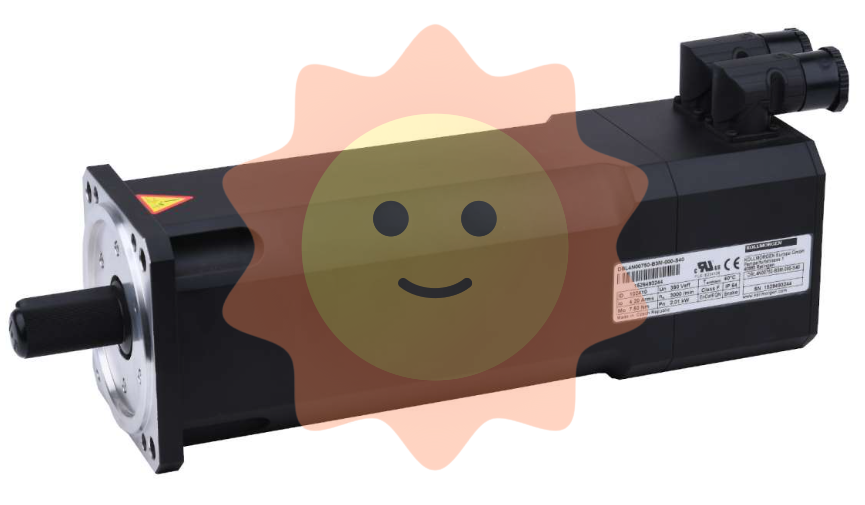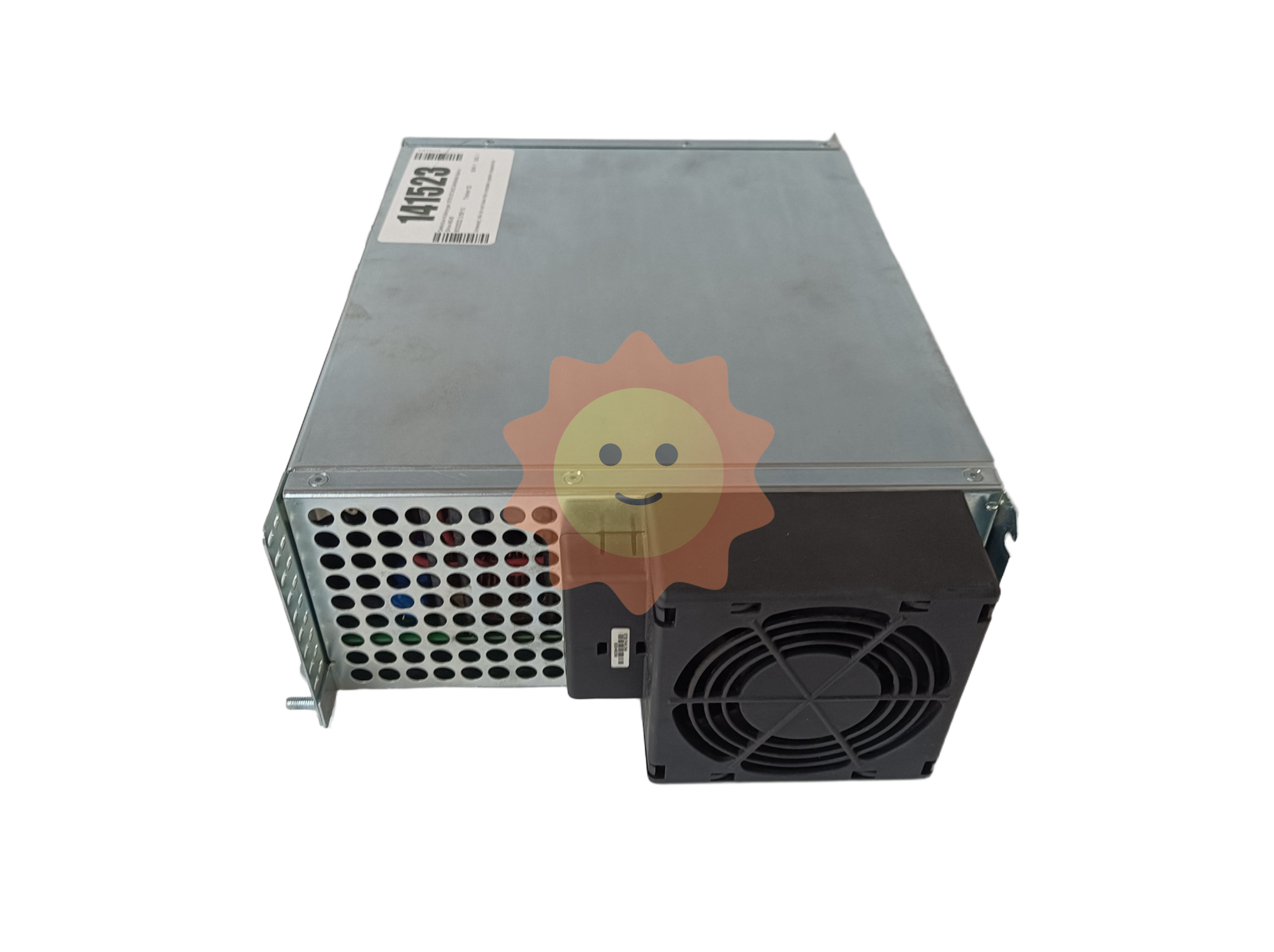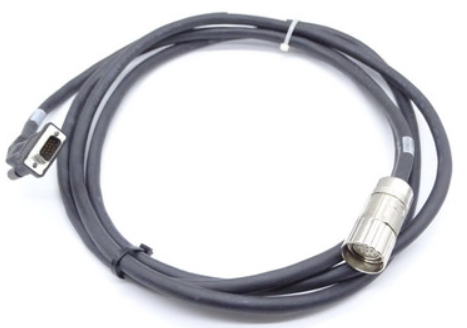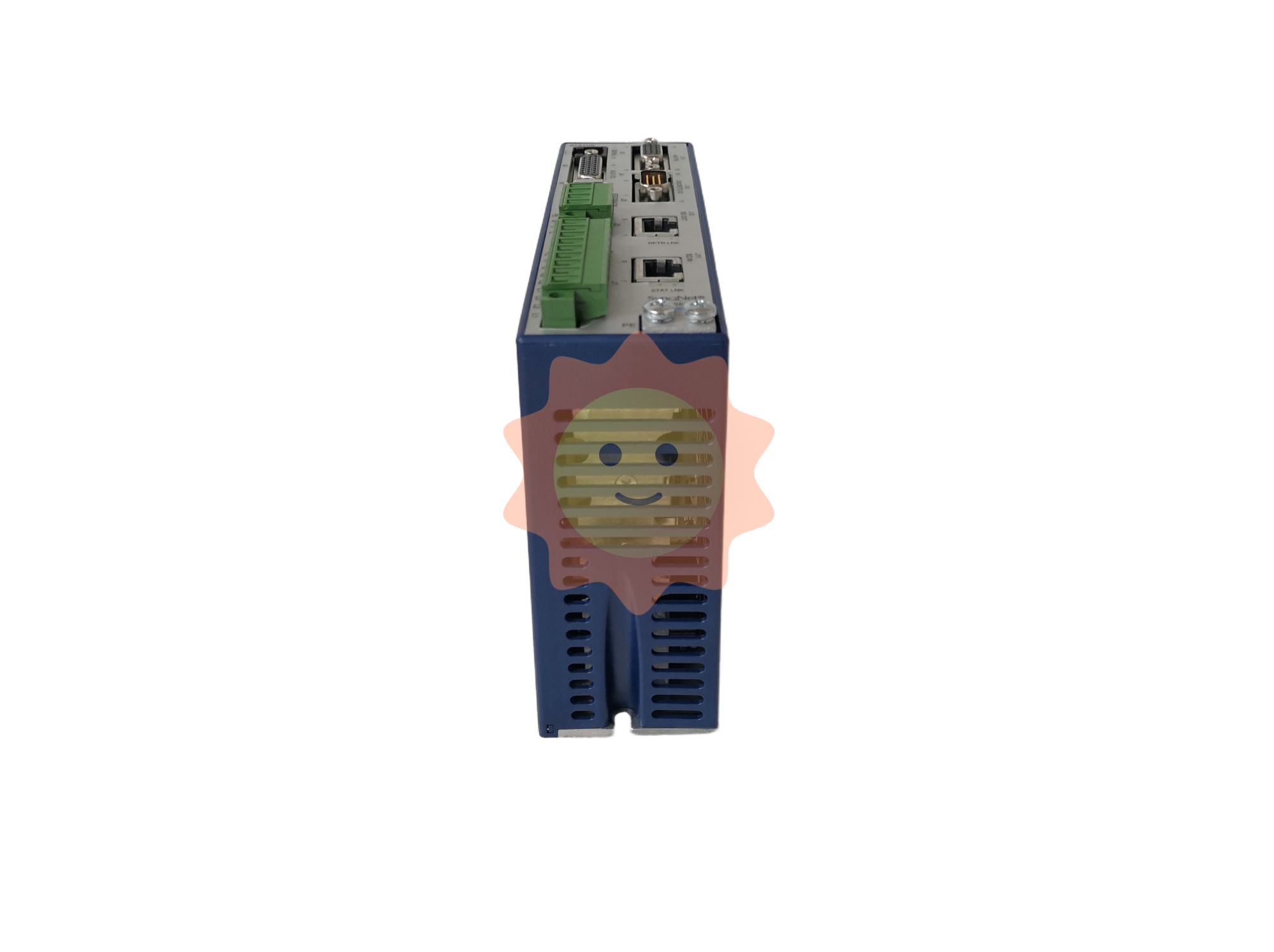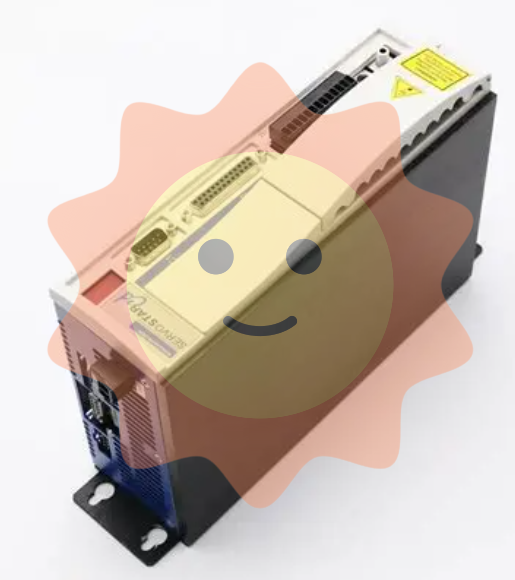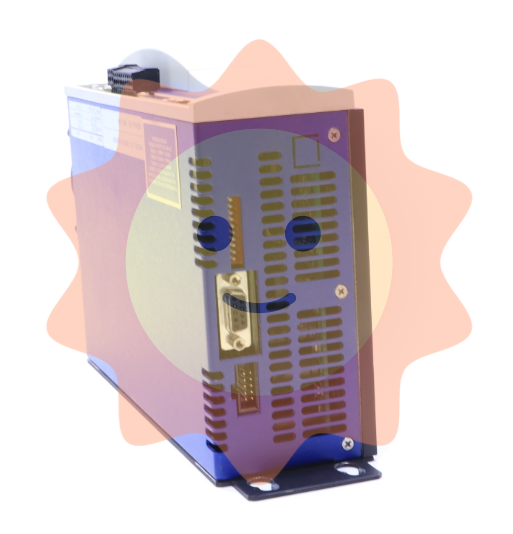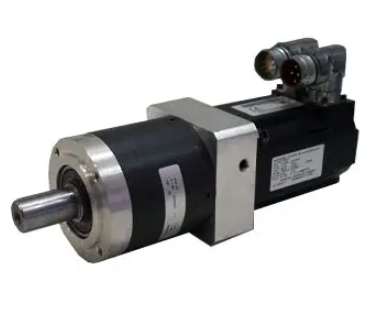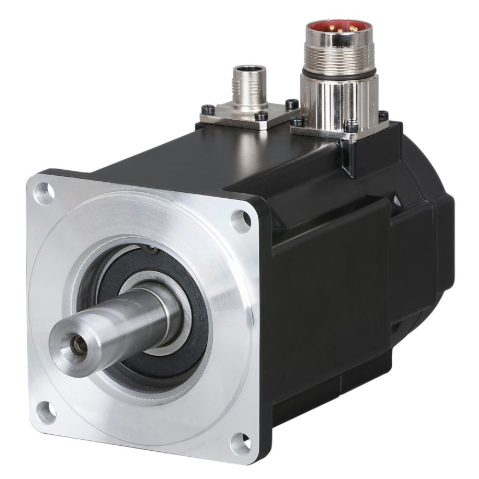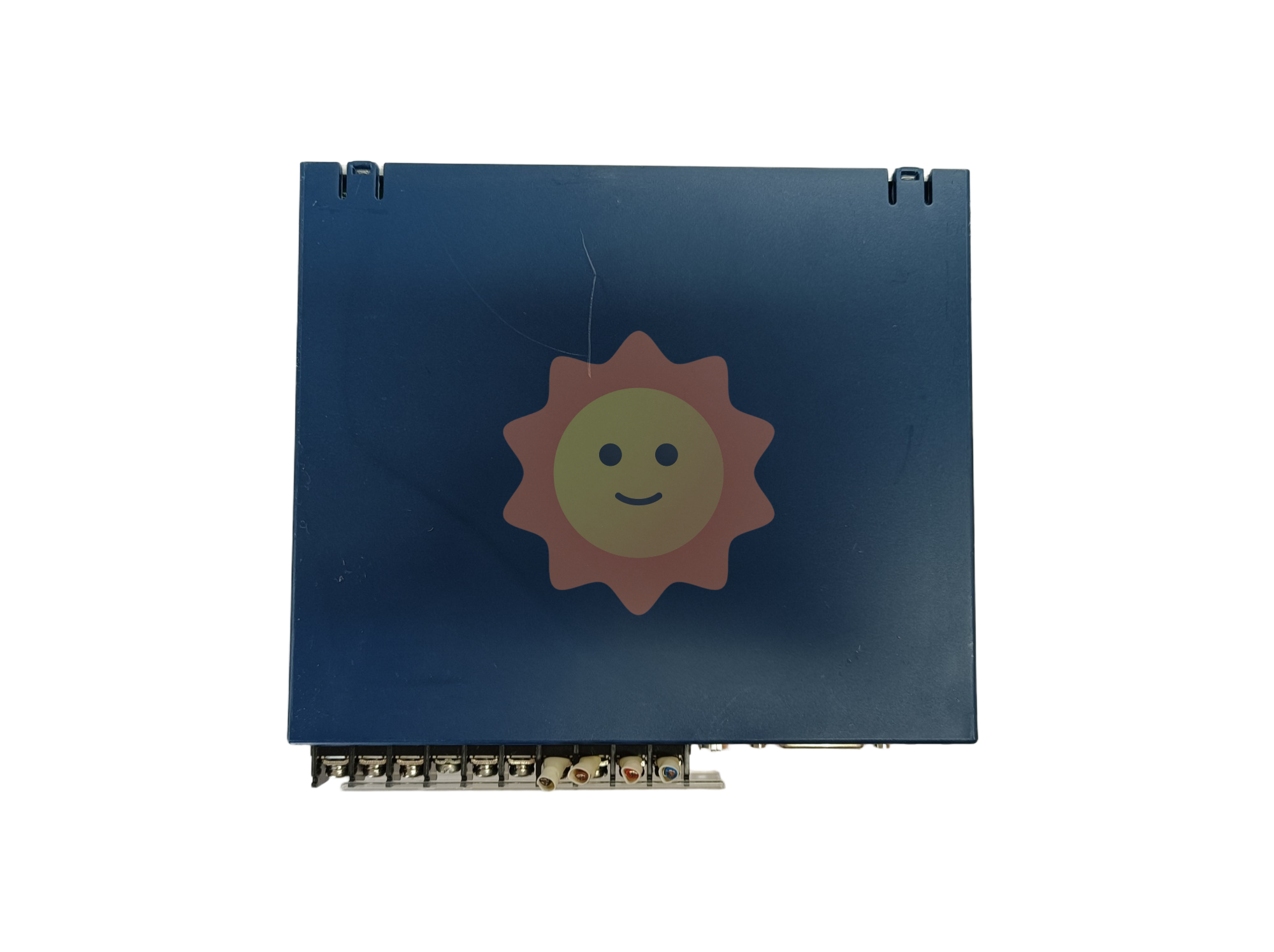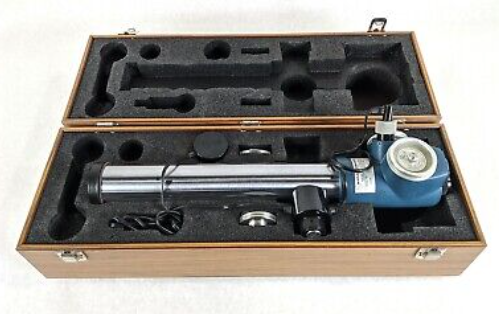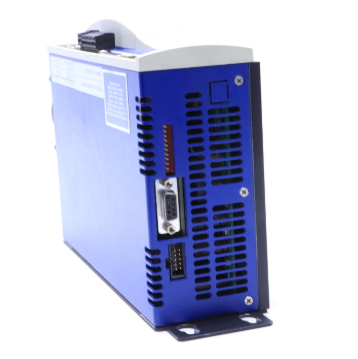Transform carbon fiber, the future space can be expected
2.2 Wind power blades are the largest domestic carbon fiber demand market, and the penetration rate is expected to continue to increase
As a kind of clean energy, wind power is favored by countries around the world before photovoltaic power generation, and has experienced rapid growth in globalization in the past ten years. Wind power generation refers to the direct conversion of wind energy into electrical energy by wind turbines. Among the various forms of wind energy utilization, wind power generation is the main form of wind energy utilization, and is also one of the most mature technologies in renewable energy, the most large-scale development conditions and commercial development prospects of power generation.

2.2.1 Carbon beam technology helps open the door to the application of carbon fiber in the field of wind power
With the goal of improving the cost effectiveness of wind energy and extending the service life of generators, the application of carbon fiber in wind power has many advantages, (1) light weight, carbon fiber materials help reduce blade weight and increase length without affecting stiffness and strength. (2) Optimize blade performance, using carbon fiber blade reinforcement can design longer, lighter, more efficient blades. In simple terms, the benefits of wind-electric carbon beams are that they strike an excellent balance between stiffness and cost, resulting in a slimmer blade profile that improves aerodynamic efficiency, making wind turbine blades lighter, longer, harder and stronger, and thus more efficient overall. Thus, the average cost of energy is reduced and the annual energy production is higher. In the past, the process is mainly for vacuum bag pressing and vacuum introduction, which is low efficiency and high cost. According to such materials and processes, only the wind turbine blade of more than 40 meters (that is, the wind wheel diameter of 80 meters, the power of more than 1.8 megawatts) can be accepted by users with carbon fiber instead of glass fiber. Under VESTAS's new structural process, the application of carbon beam pultruded by carbon fiber sheet has broad prospects.
The high efficiency, low cost and high quality carbon fiber pultrusion beam sheet process greatly reduces the cost of carbon fiber use. VESTAS, a carbon fiber main beam manufactured with a new design and new process, has completed technical research, and the use of carbon fiber in the field of wind power has entered rapid growth.
2.2.2 Wind power blades are large-scale, and the trend of carbon fiber gradually replacing glass fiber is established
At present, in order to reduce the KWH cost of wind power and improve product profitability, global wind power giants have adopted the development goals of large wind power blades and lightweight. In order to reduce the cost, it is necessary to increase the generation time and improve the ability of the fan to capture wind energy, and one of the most important ways is to increase the sweep area of the blade and increase the diameter of the blade. According to statistics, wind power blade size has developed rapidly, from 2010 to 2019, the length of the blade has gradually increased from 100 meters to 125 meters, and the blade size is expected to further increase to 150 meters or even higher in the future. As the length of the blade increases gradually, higher requirements are put forward for the quality control of the blade. It is understood that the traditional blade manufacturing materials are mainly glass fiber composite materials, but the glass fiber blade weight is relatively large, has been unable to meet the development trend of wind power blade large-scale. The carbon fiber composite material has lower density and higher strength than the glass fiber composite material, which can ensure that the wind power blade can increase the length and greatly reduce the blade weight.
According to GE's analysis, the diameter of the wind wheel will be expanded from the current 100 meters to 160 meters by 2025, and the IEA analysis can come to a similar conclusion. It can be seen that in order to improve the efficiency of fans and meet a wider range of wind field conditions, the industry has now reached a consensus: the expansion of wind turbine diameter is the future development trend of wind power. The expansion of wind turbine diameter inevitably leads to the decrease of blade stiffness and easier deformation. How to improve blade stiffness under certain quality control is a problem that must be considered in wind power blade design. The application of carbon fiber (mainly large tow carbon fiber) as a new material with light weight, high strength and high modulus in the field of wind power blades will be further improved.
2.3 The future growth of wind power is broad, further driving the demand for carbon fiber
According to GWEC, 93.6GW of new wind power installations will be installed globally in 2021. The cumulative installed capacity of wind power in the world reached 837GW. As a type of power with cost advantages, toughness and maximum decarbonization potential, wind power can become an important cornerstone of green rehabilitation and carbon neutrality.
- EMERSON
- Honeywell
- CTI
- Rolls-Royce
- General Electric
- Woodward
- Yaskawa
- xYCOM
- Motorola
- Siemens
- Rockwell
- ABB
- B&R
- HIMA
- Construction site
- electricity
- Automobile market
- PLC
- DCS
- Motor drivers
- VSD
- Implications
- cement
- CO2
- CEM
- methane
- Artificial intelligence
- Titanic
- Solar energy
- Hydrogen fuel cell
- Hydrogen and fuel cells
- Hydrogen and oxygen fuel cells
- tyre
- Chemical fiber
- dynamo
- corpuscle
- Pulp and paper
- printing
- fossil
- FANUC
- Food and beverage
- Life science
- Sewage treatment
- Personal care
- electricity
- boats
- infrastructure
- Automobile industry
- metallurgy
- Nuclear power generation
- Geothermal power generation
- Water and wastewater
- Infrastructure construction
- Mine hazard
- steel
- papermaking
- Natural gas industry
- Infrastructure construction
- Power and energy
- Rubber and plastic
- Renewable energy
- pharmacy
- mining
- Plastic industry
- Schneider
- Kongsberg
- NI
- Wind energy
- International petroleum
- International new energy network
- gas
- WATLOW
- ProSoft
- SEW
- wind
- ADVANCED
- Reliance
- YOKOGAWA
- TRICONEX
- FOXBORO
- METSO
- MAN
- Advantest
- ADVANCED
- ALSTOM
- Control Wave
- AB
- AMAT
- STUDER
- KONGSBERG
- MOTOROLA
- DANAHER MOTION
- Bently
- Galil
- EATON
- MOLEX
- Triconex
- DEIF
- B&W
- ZYGO
- Aerotech
- DANFOSS
- KOLLMORGEN
- Beijer
- Endress+Hauser
- MOOG
- KB
- Moxa
- Rexroth


Email:wang@kongjiangauto.com

